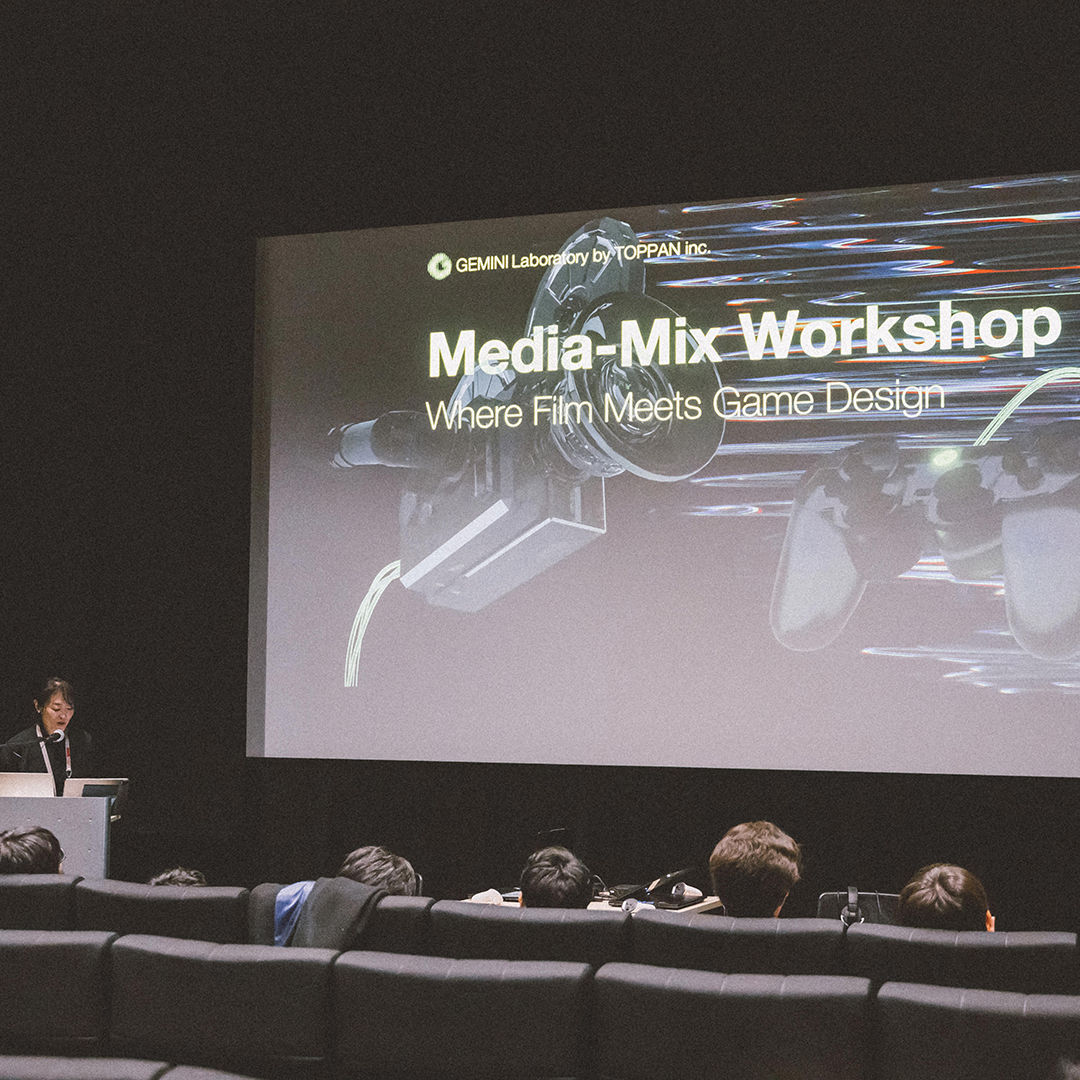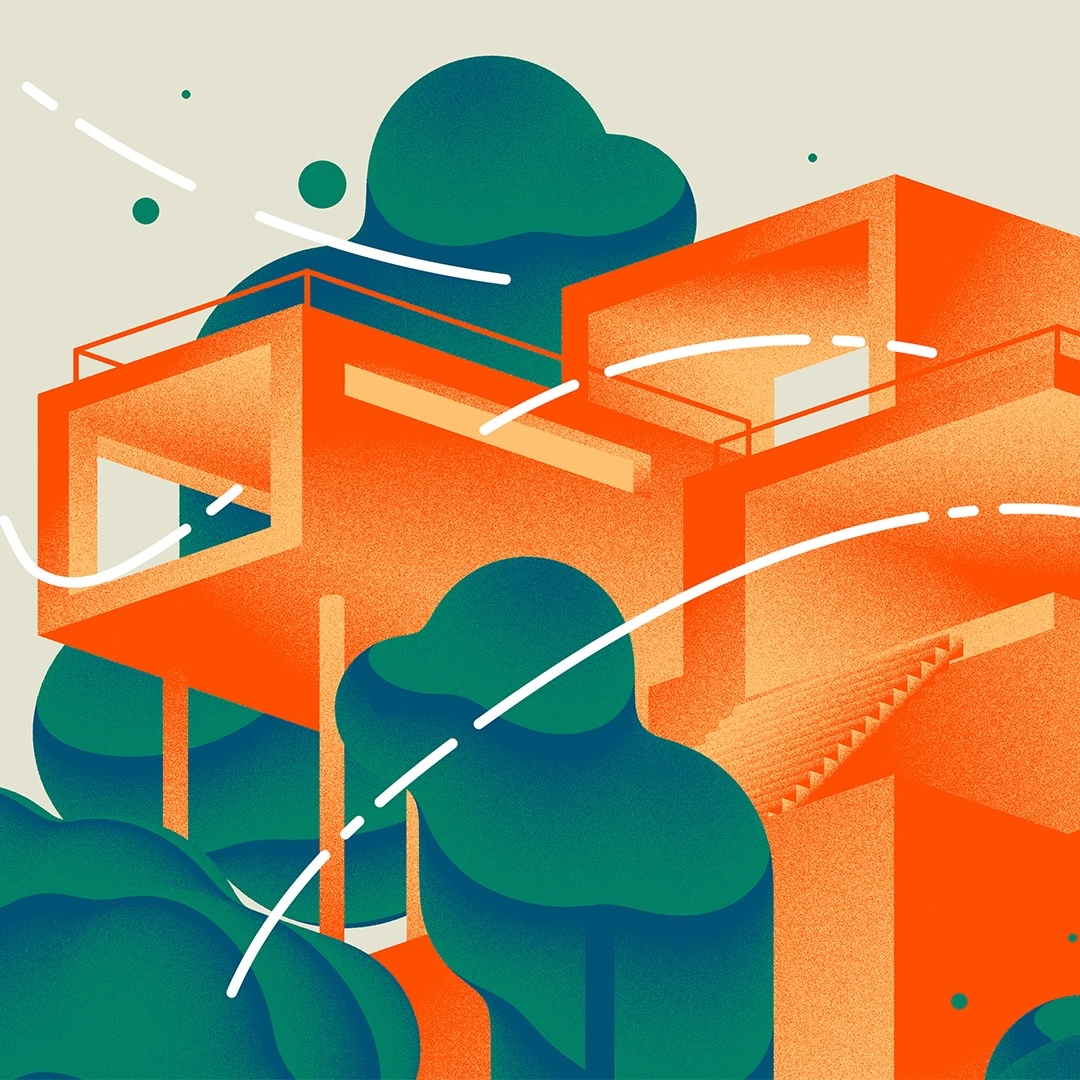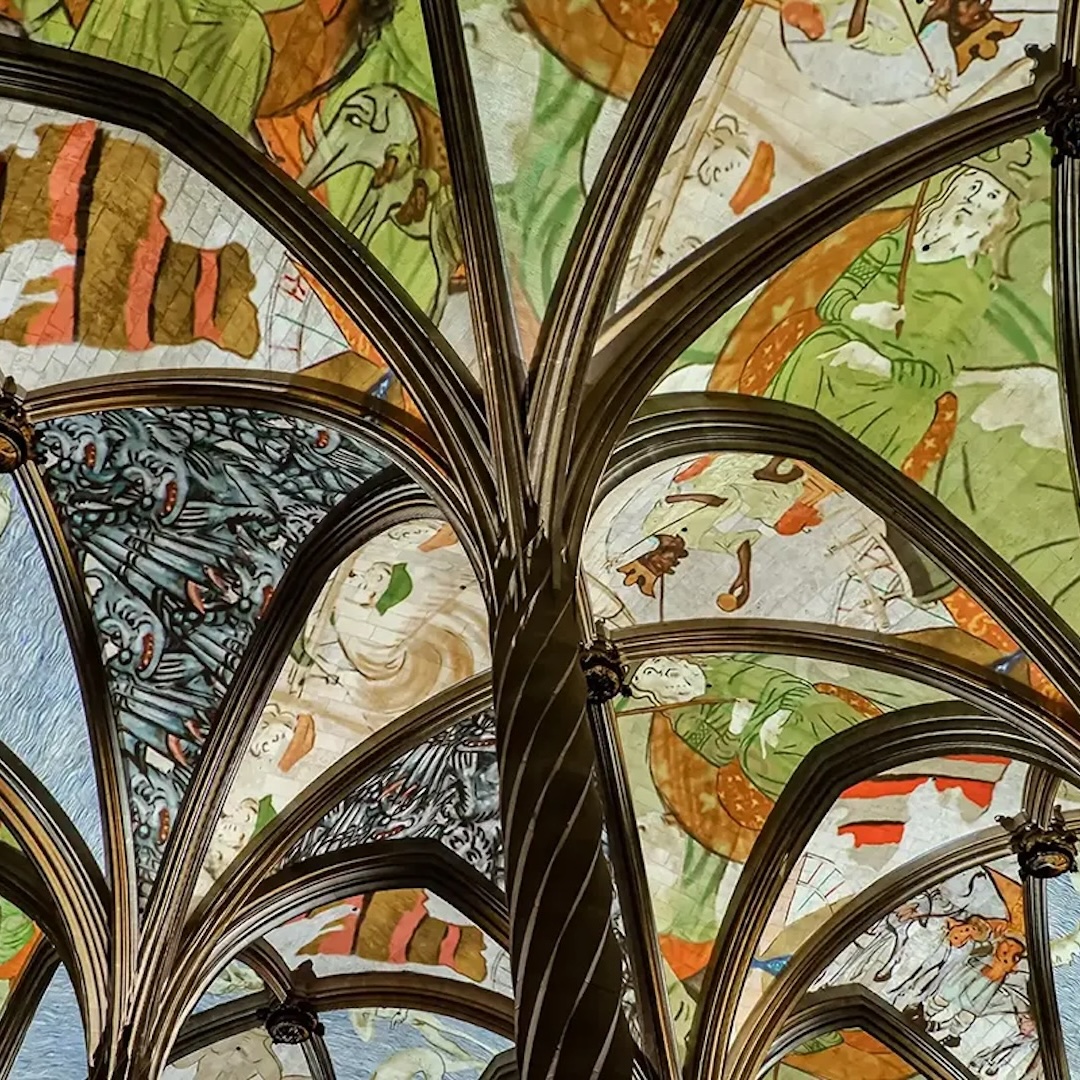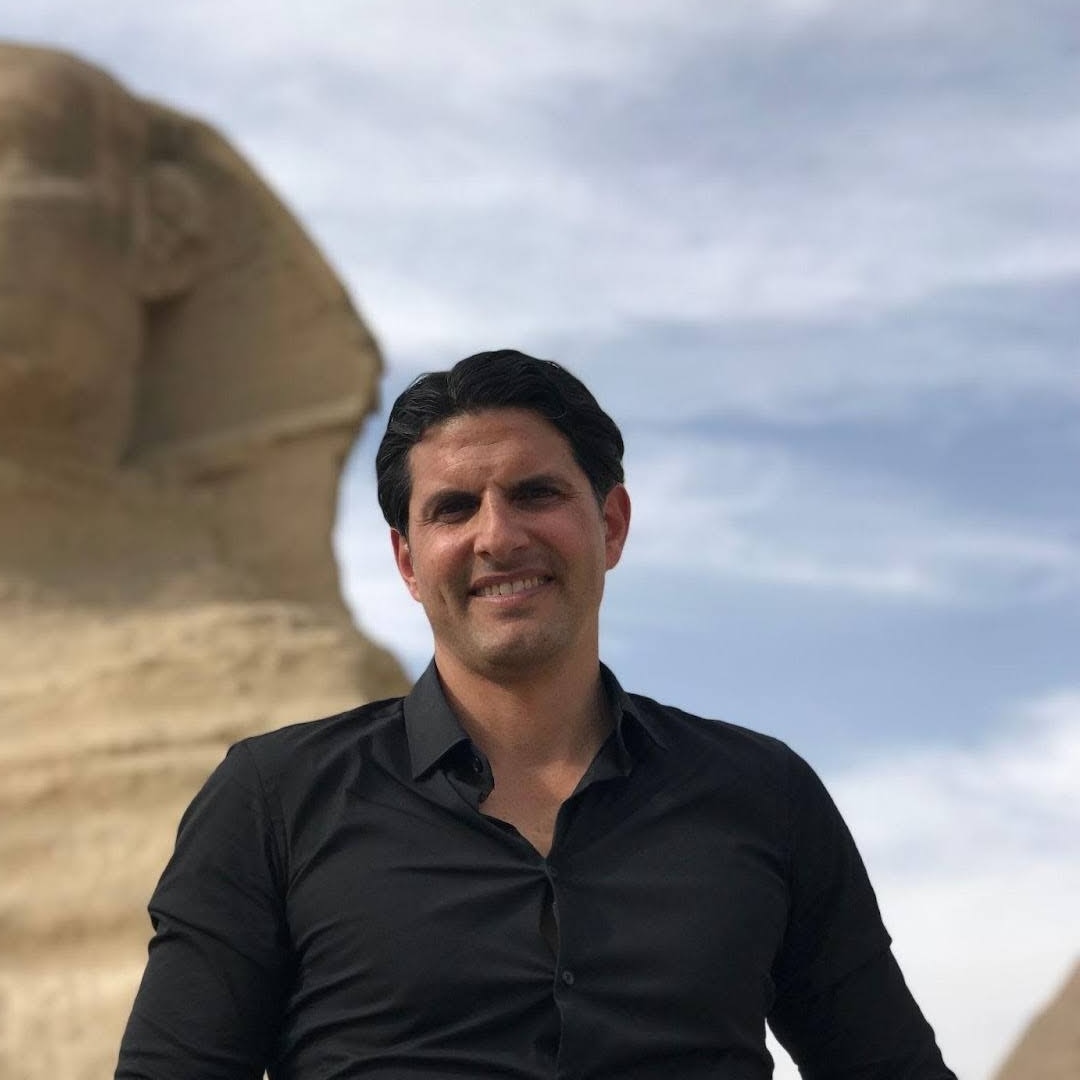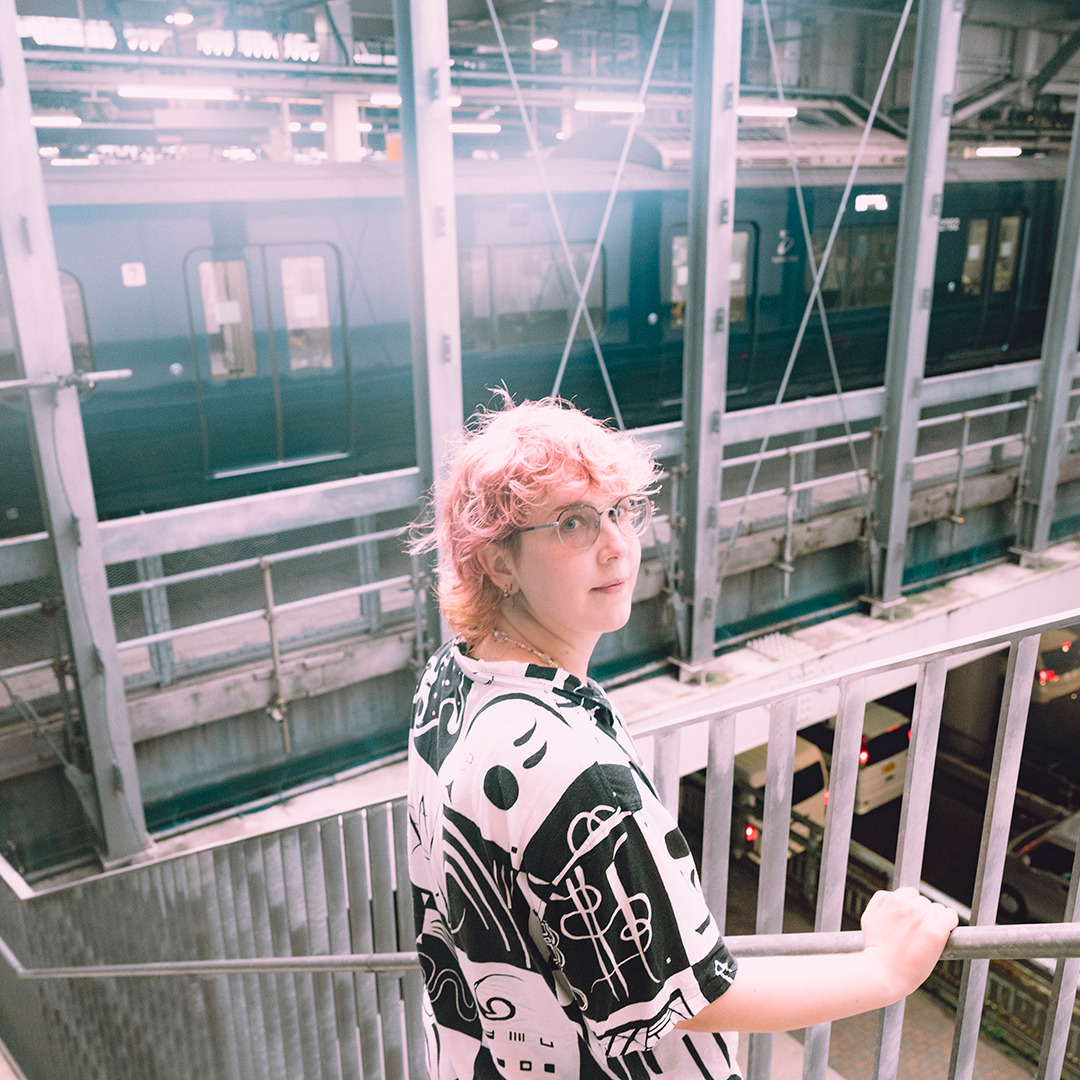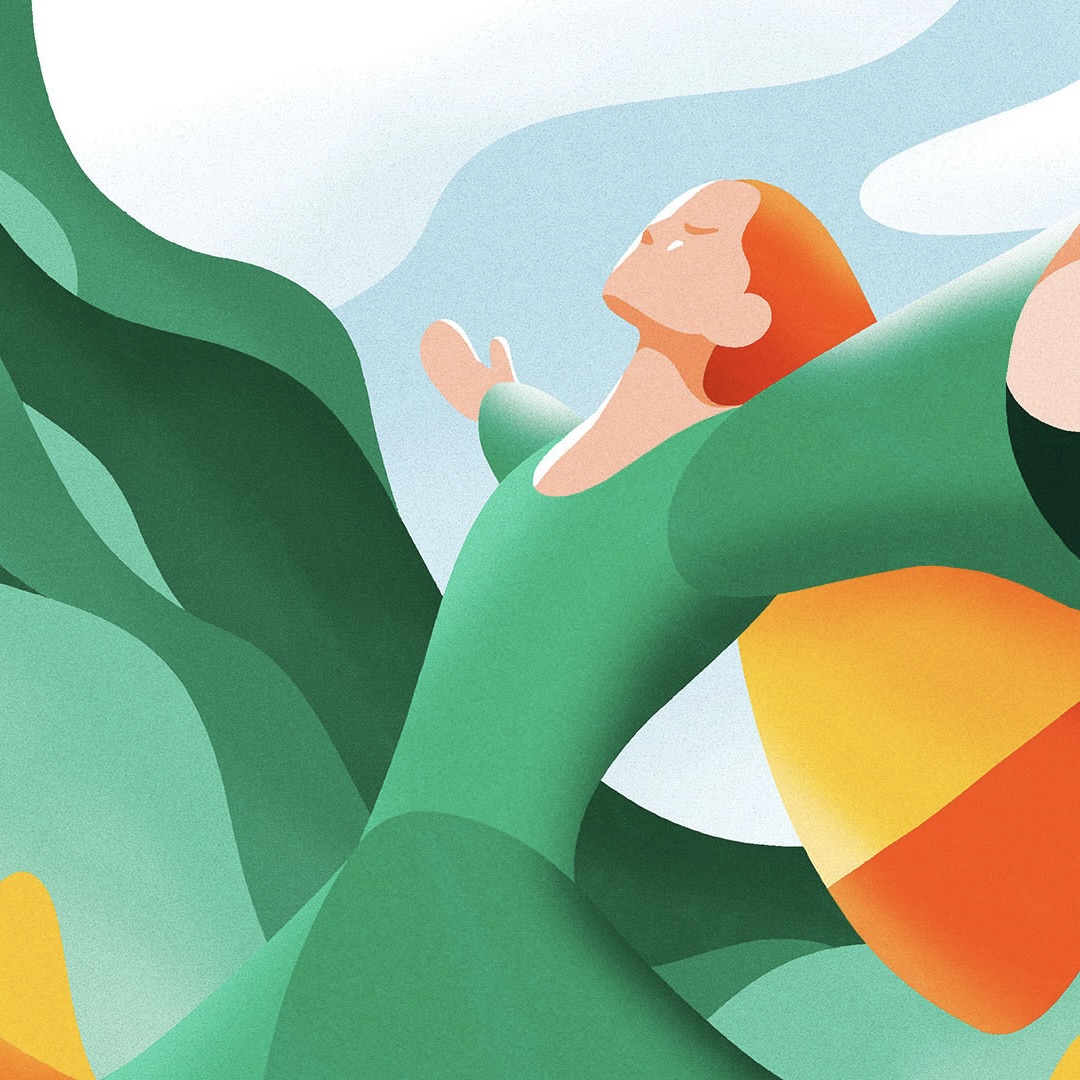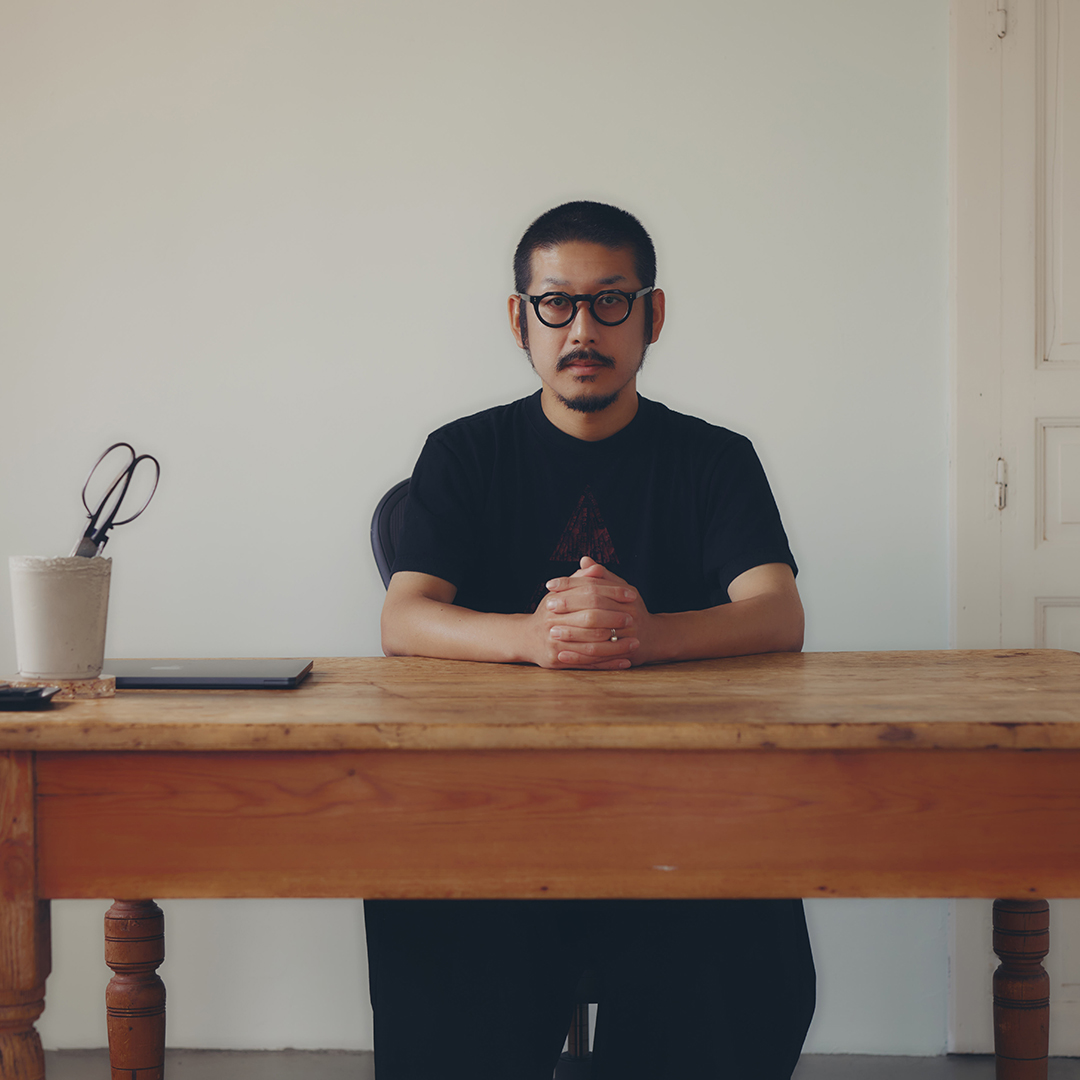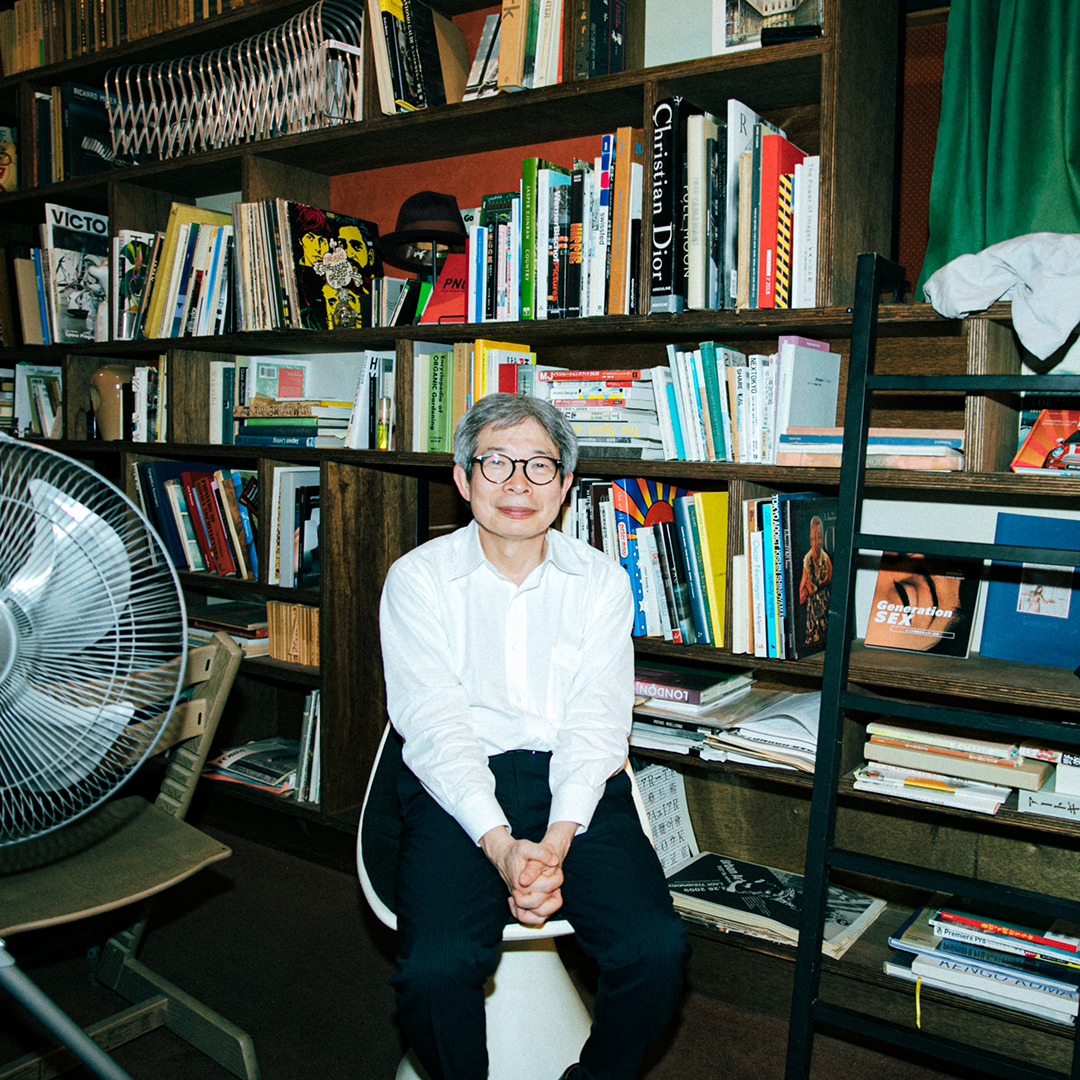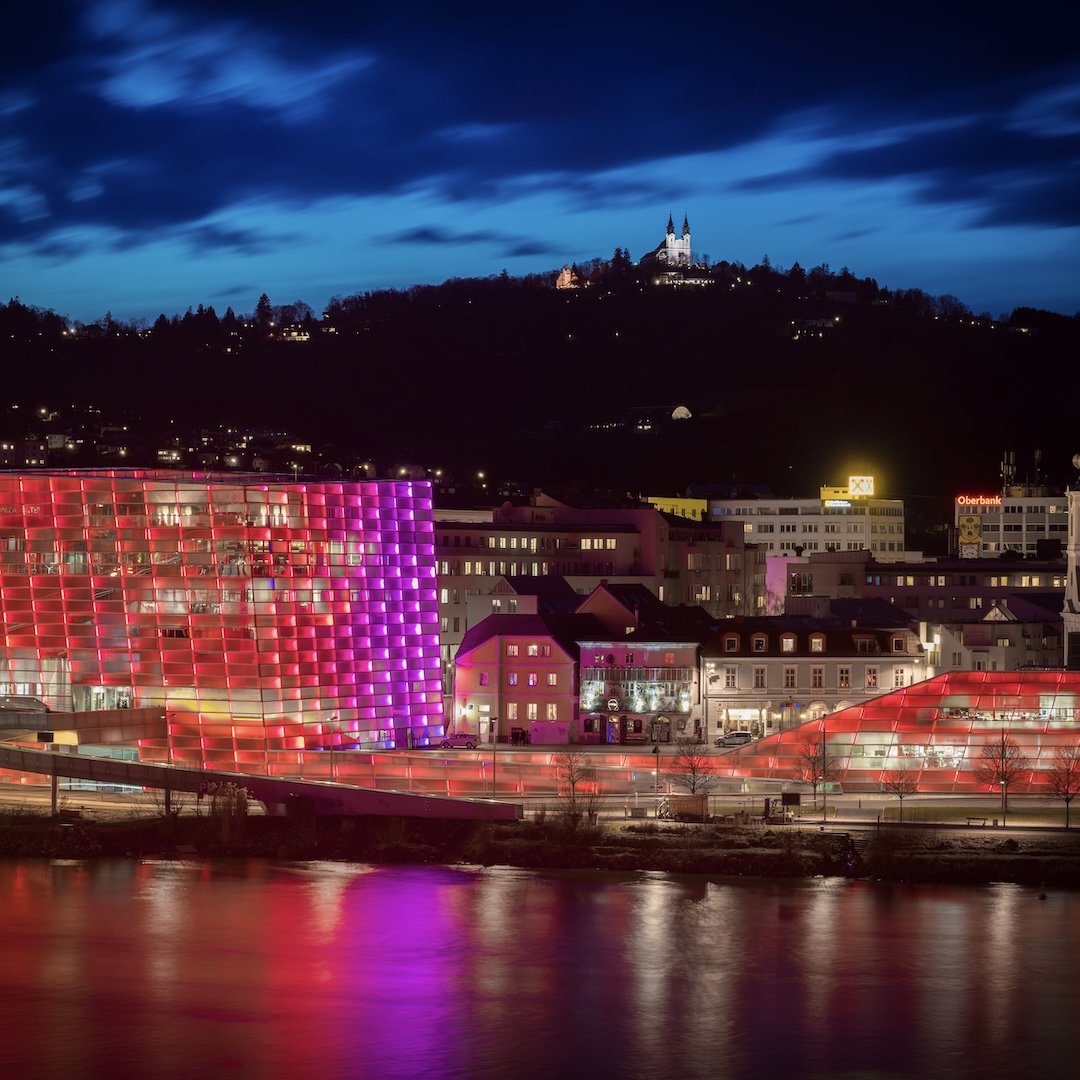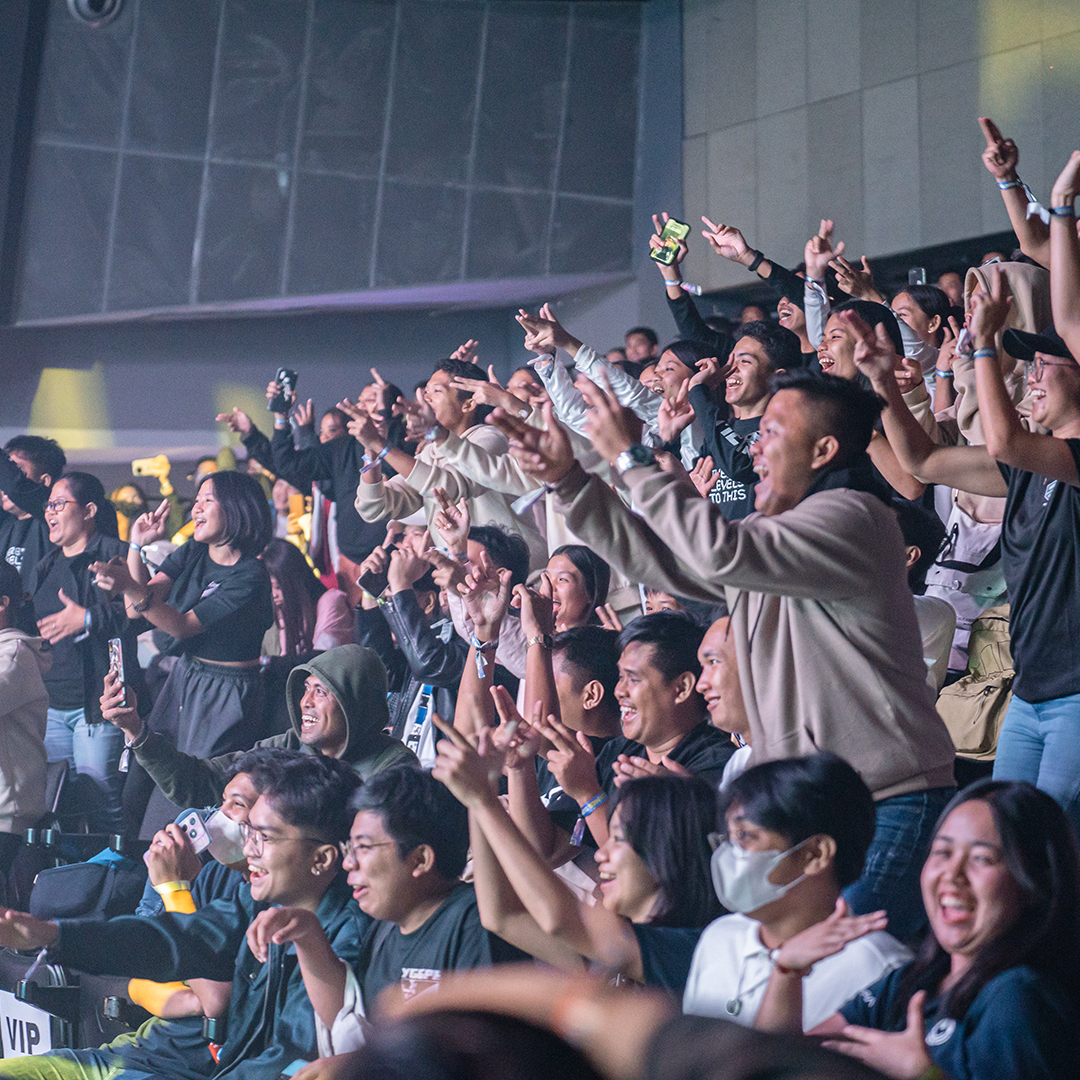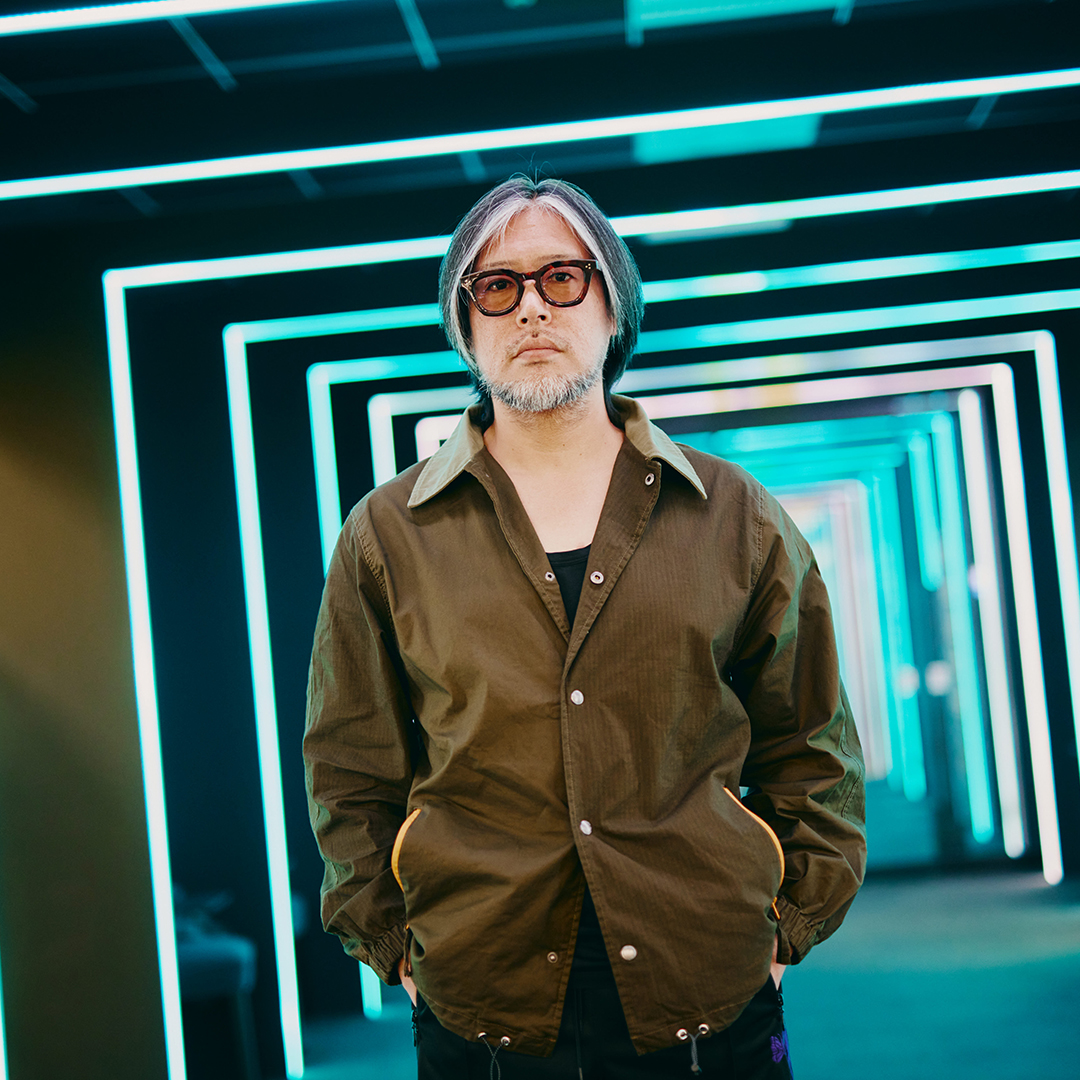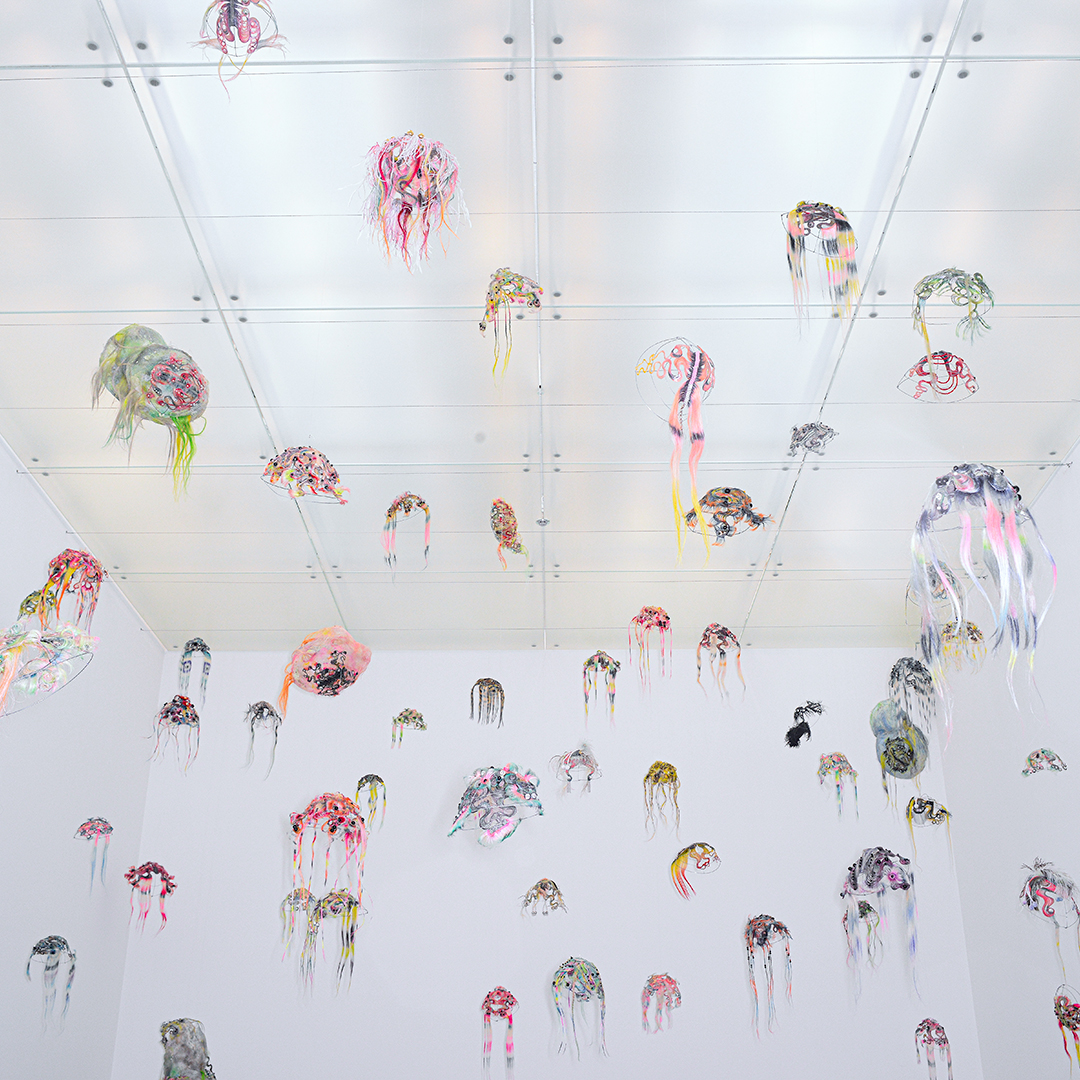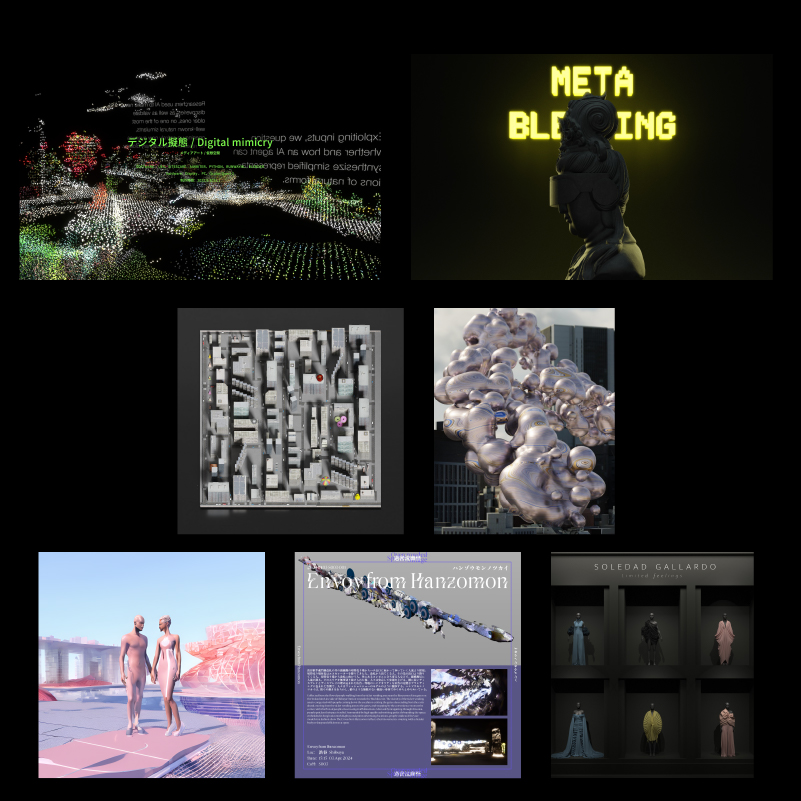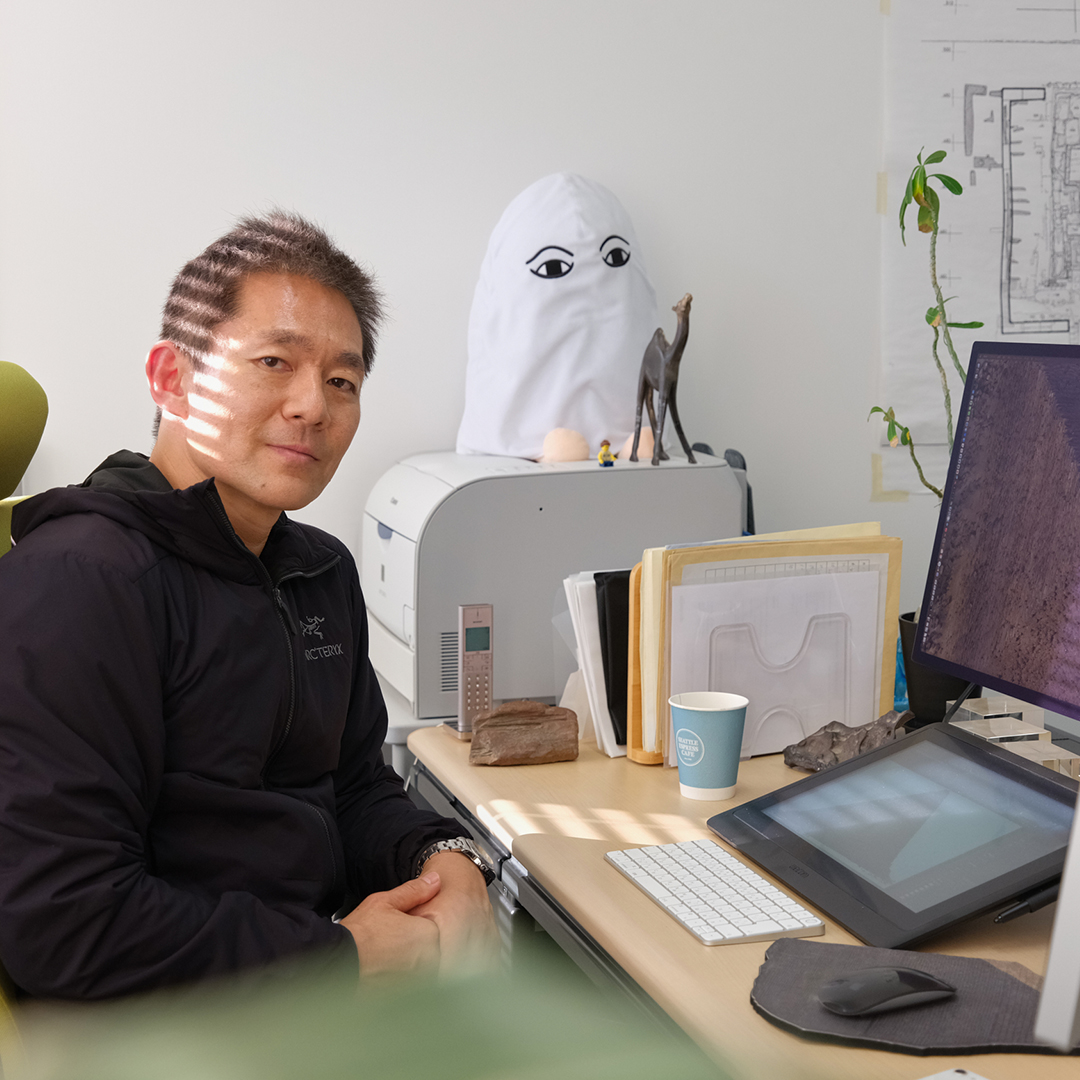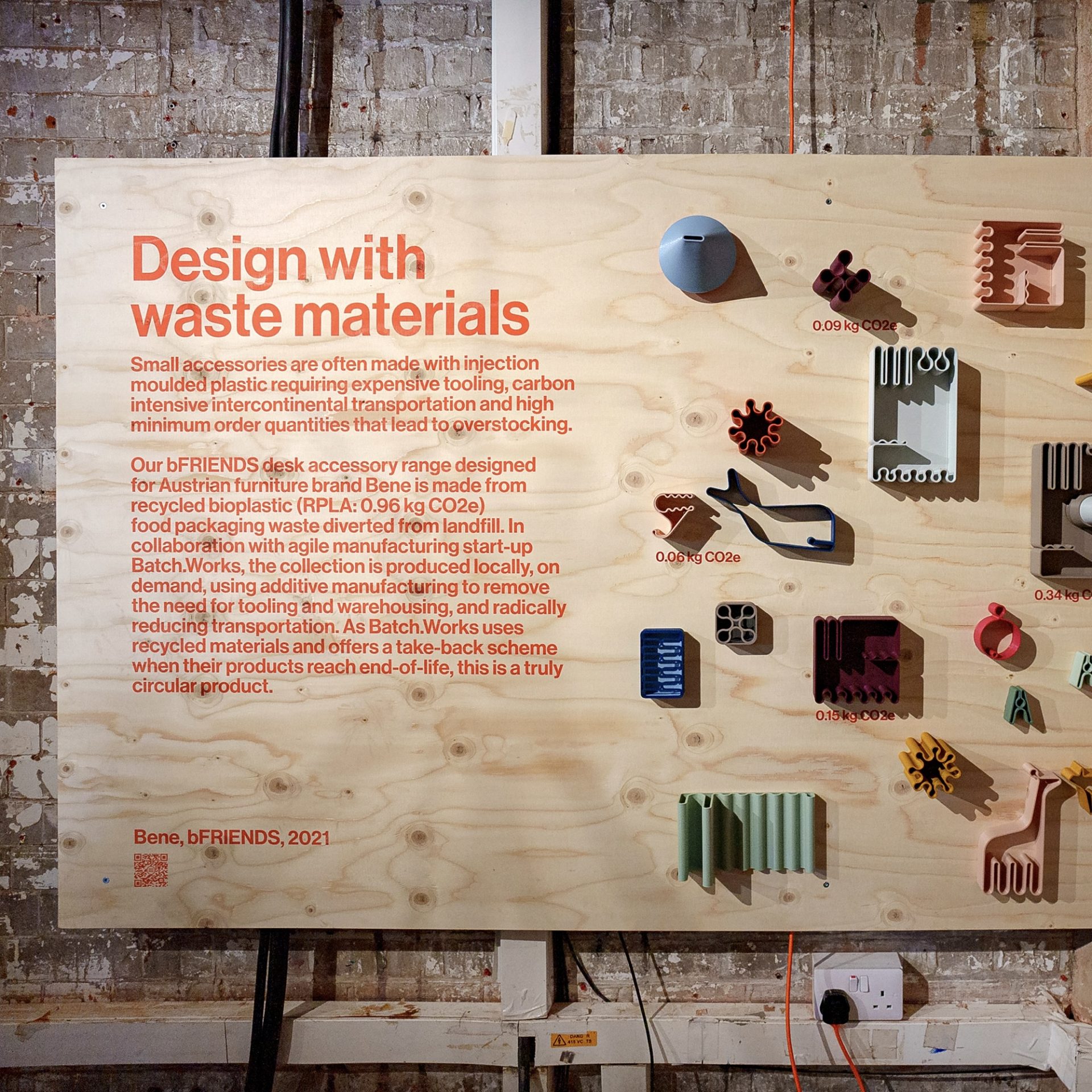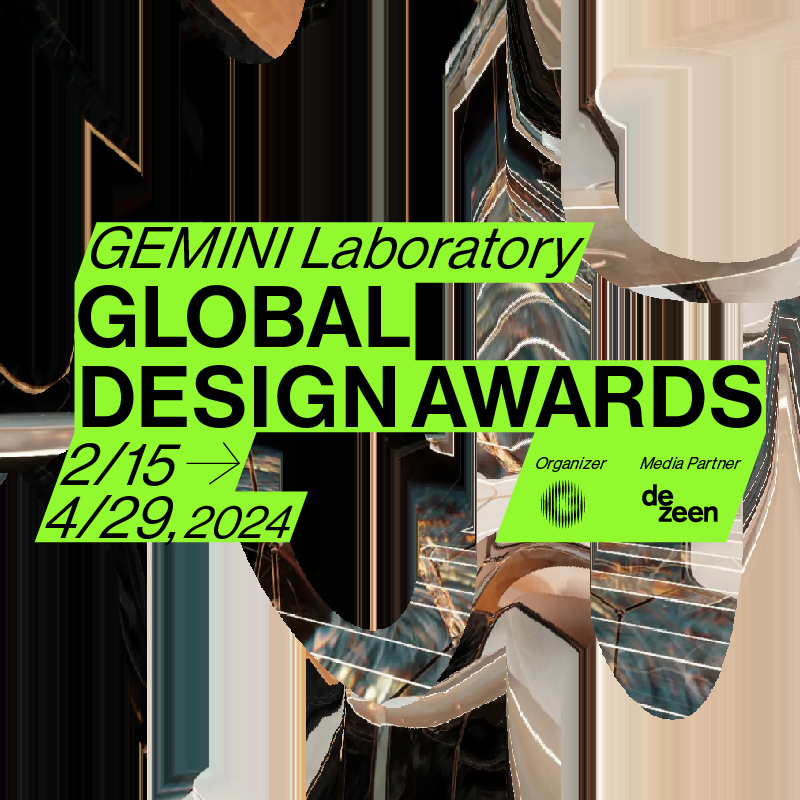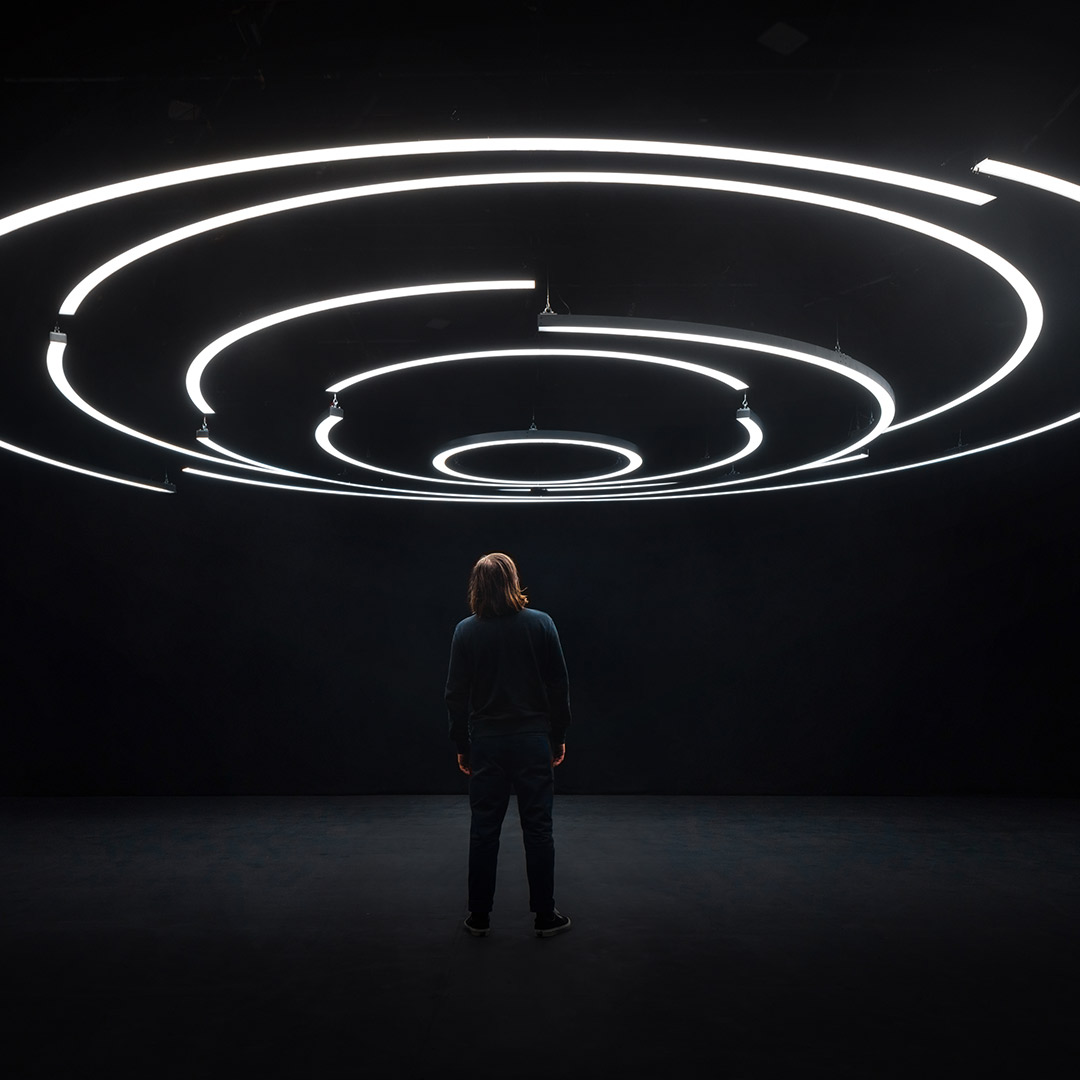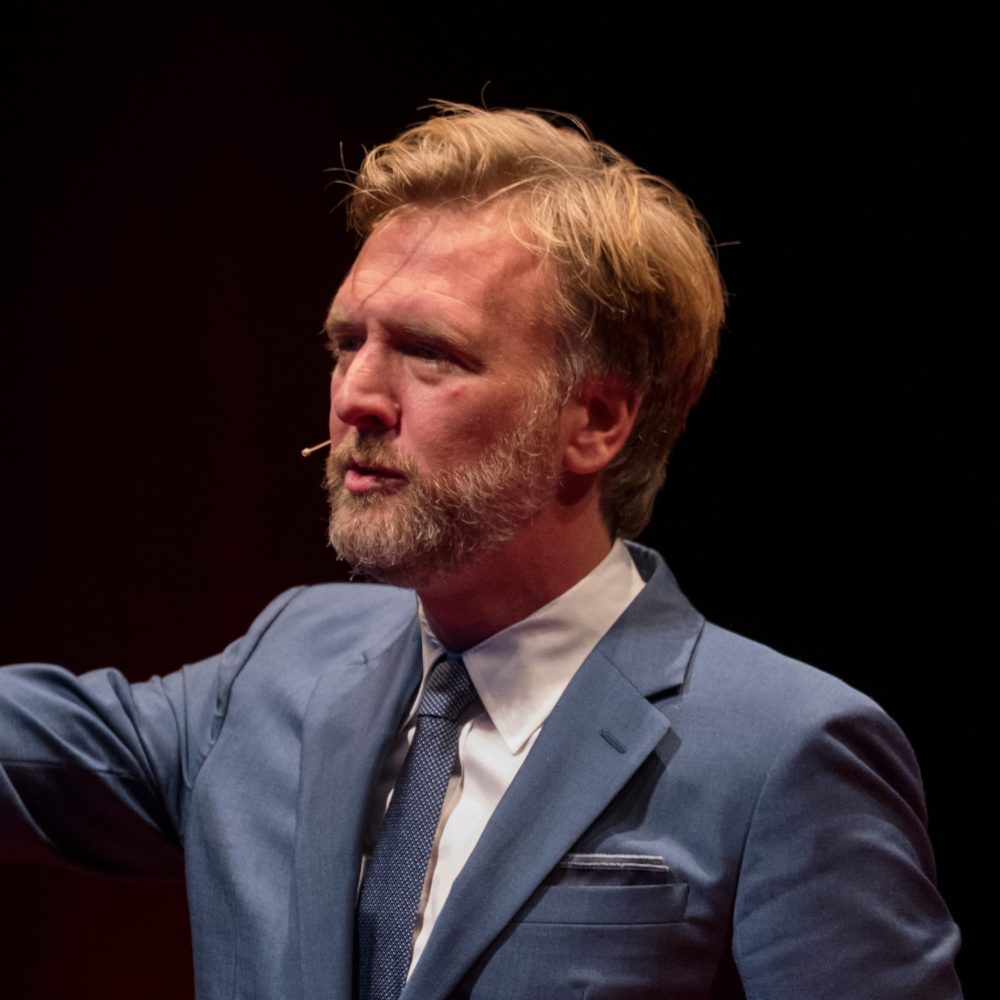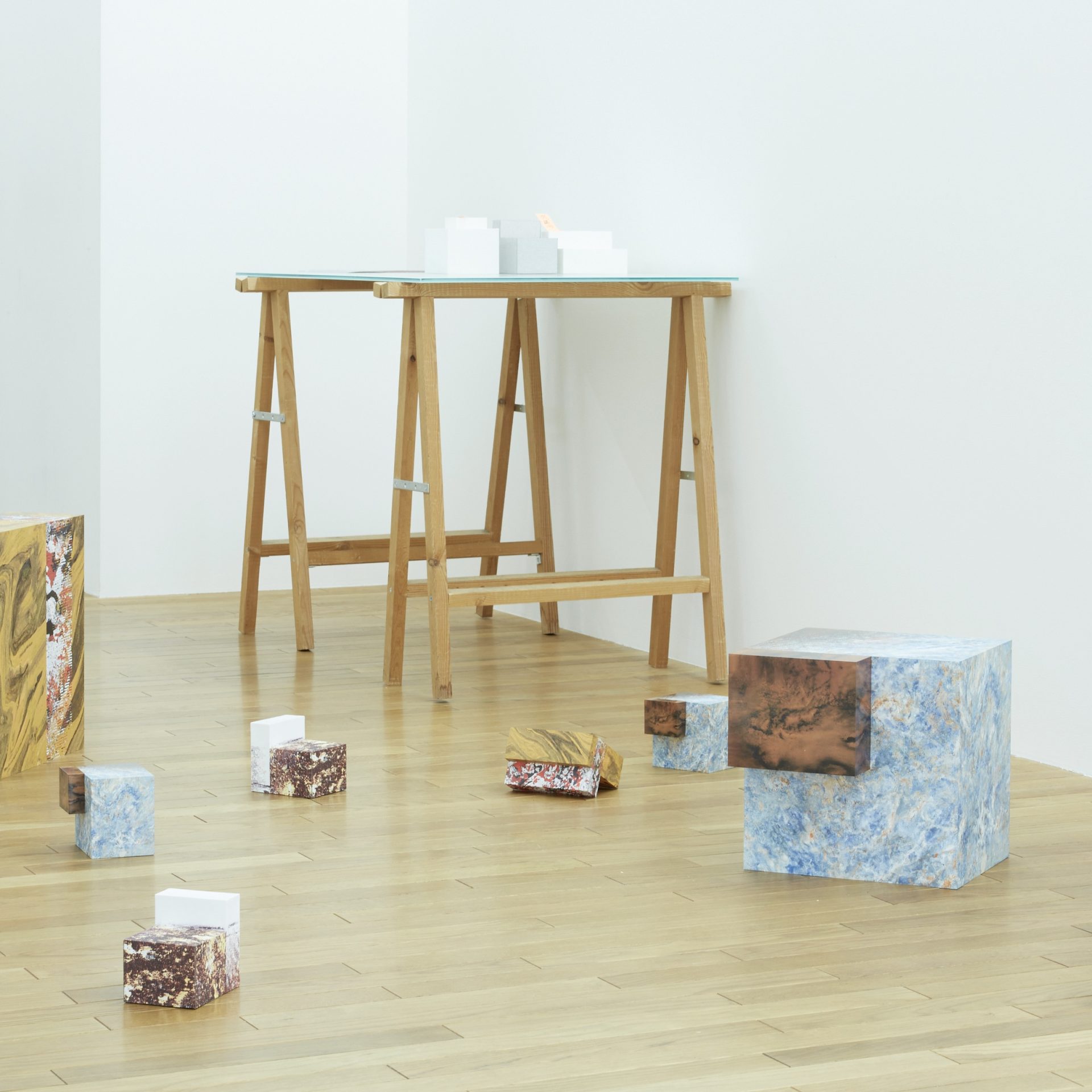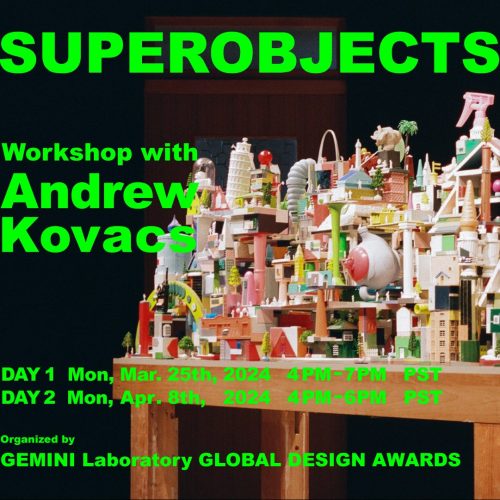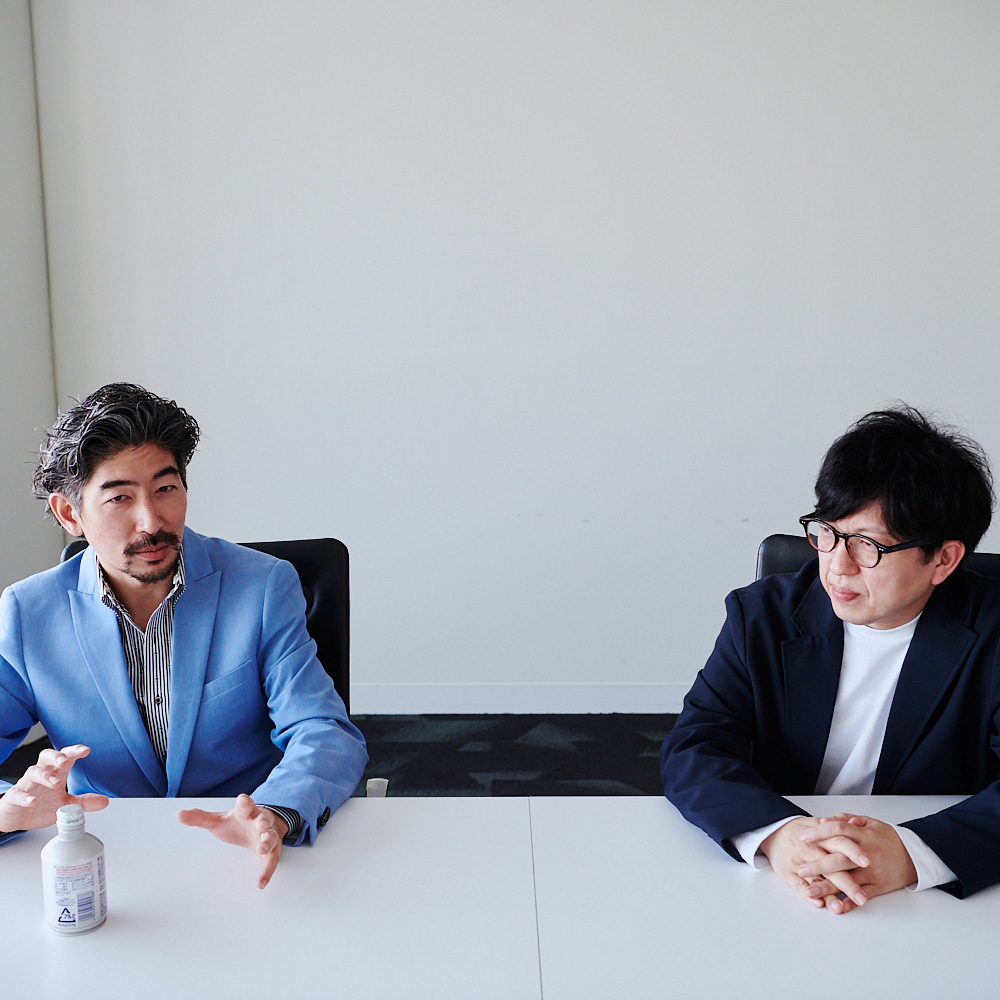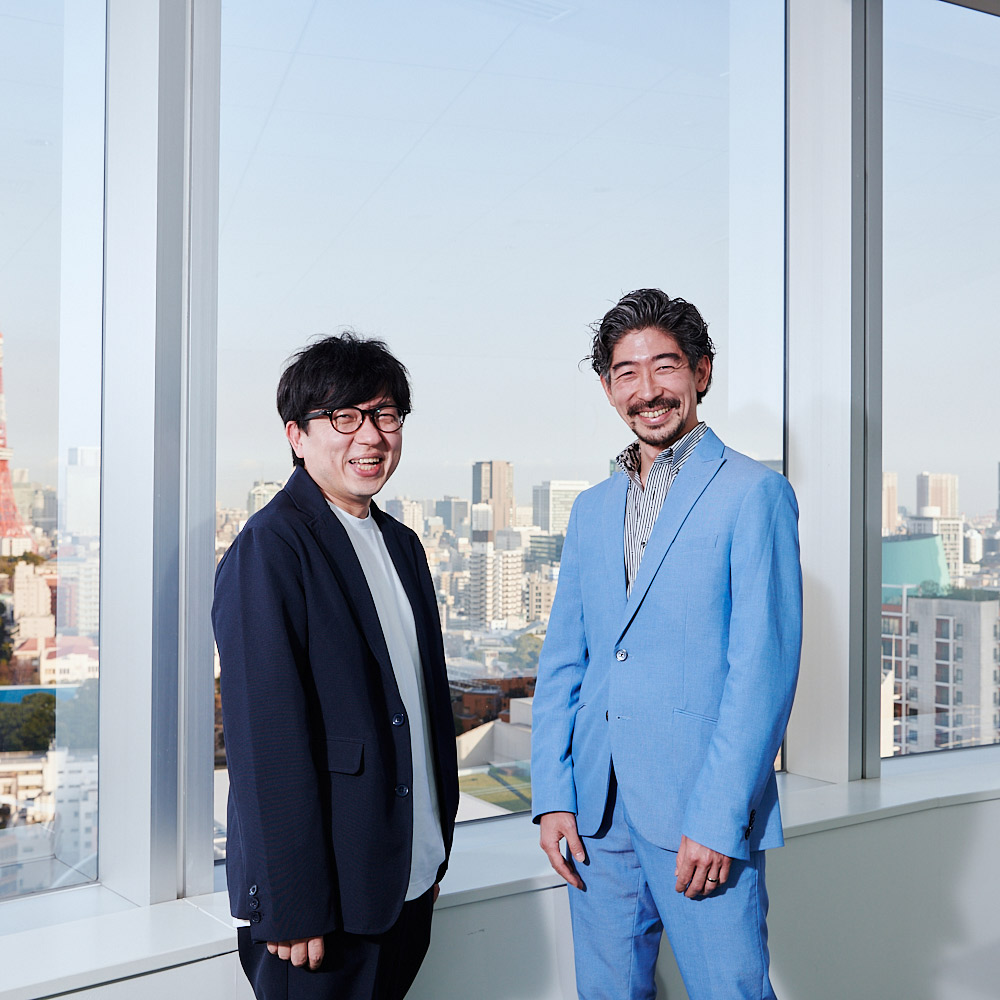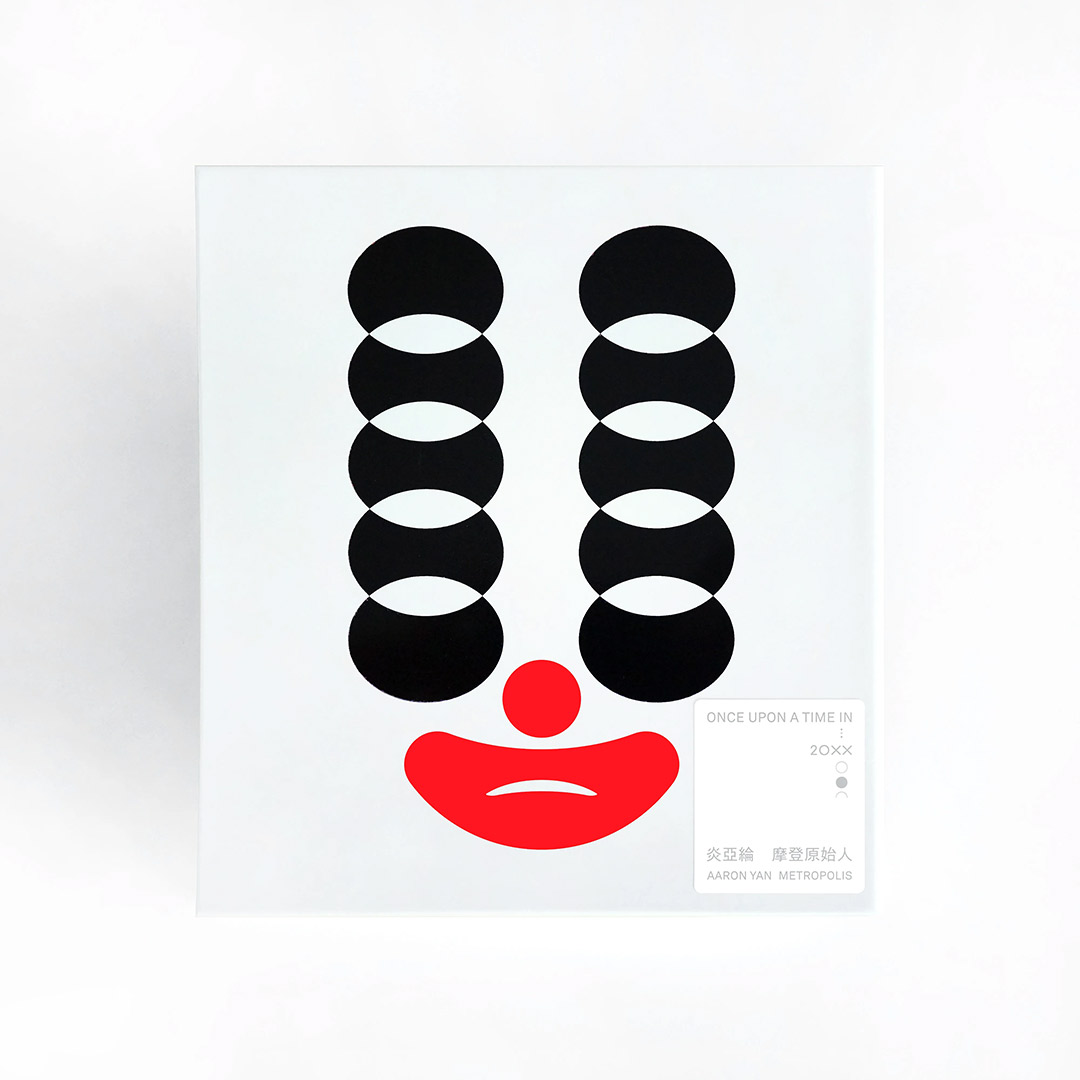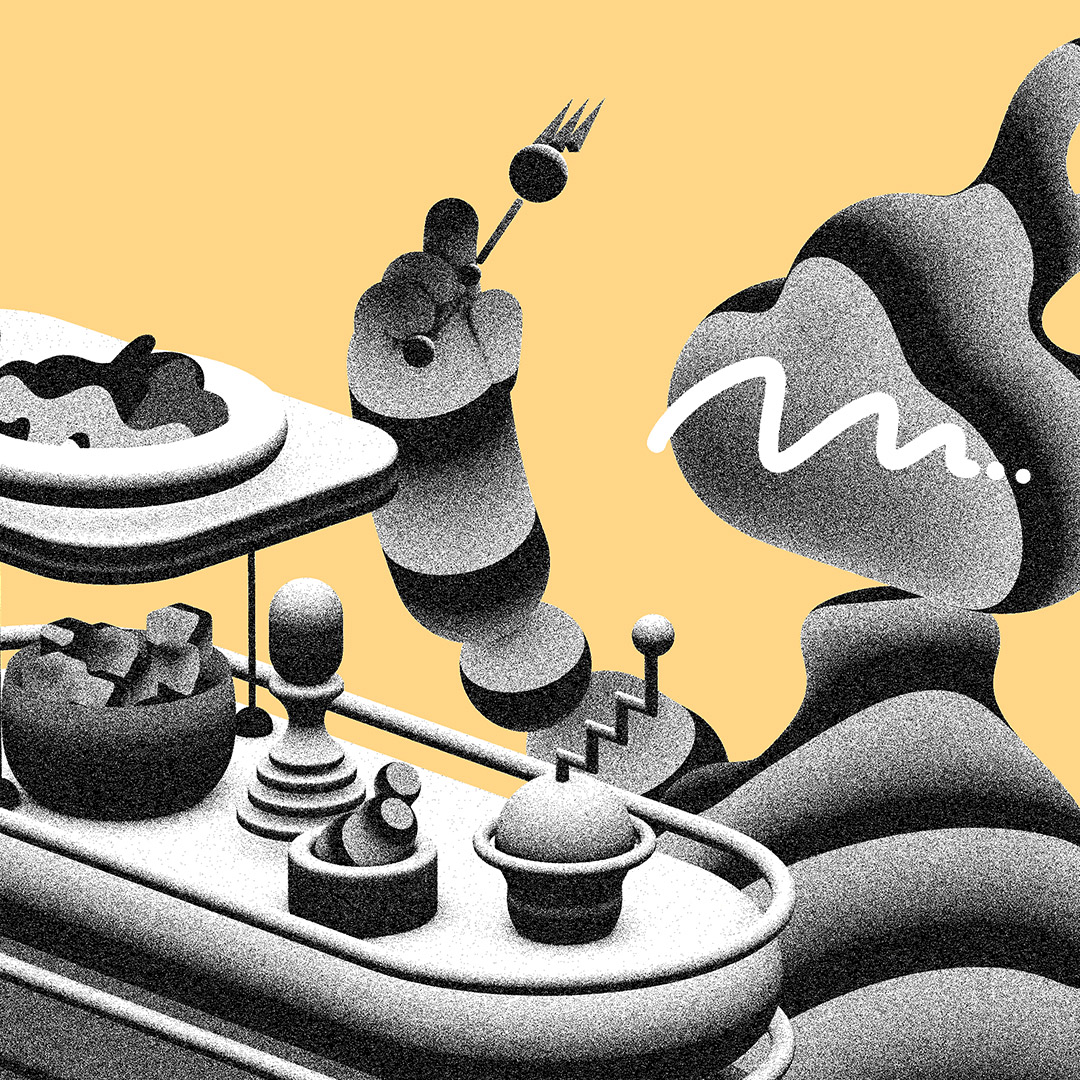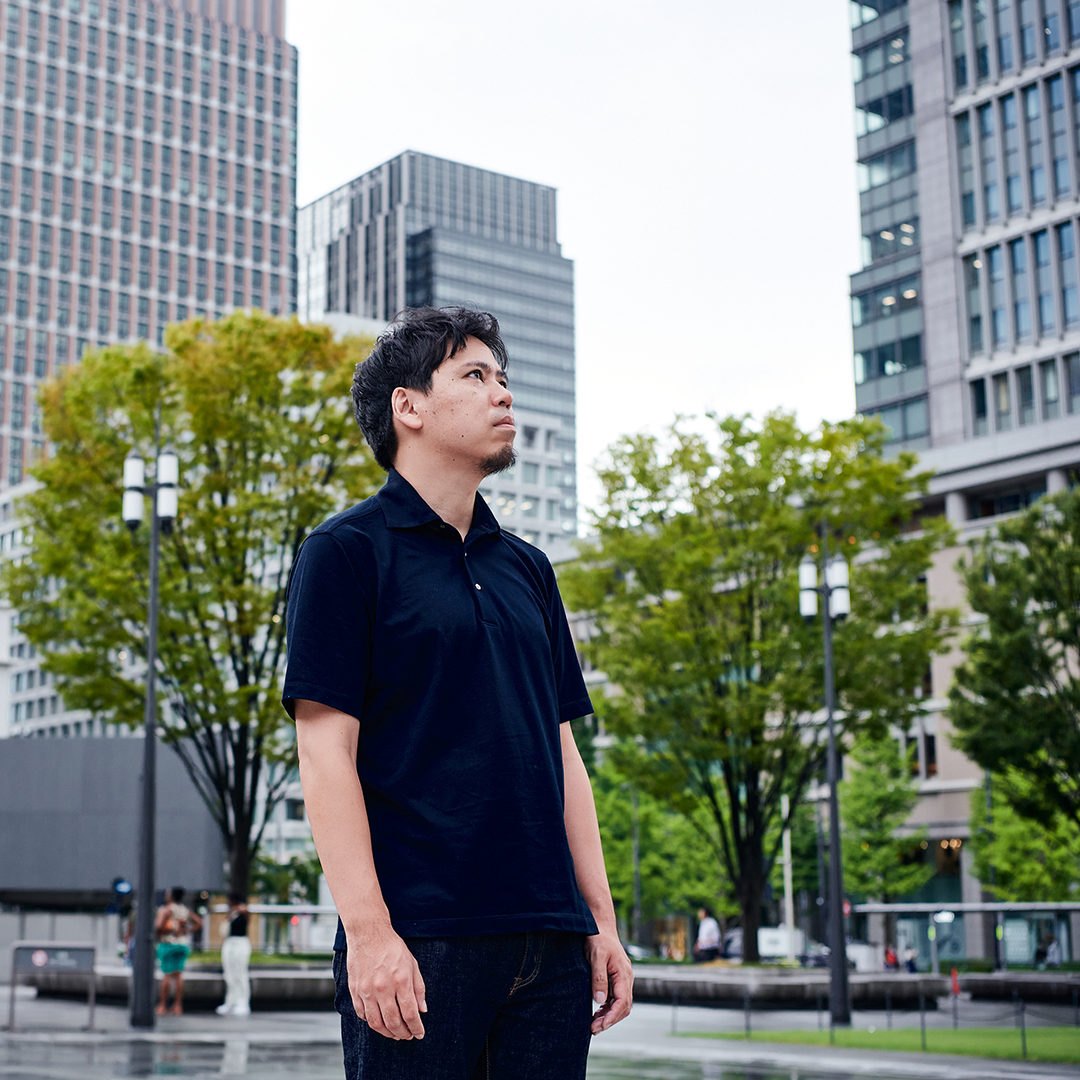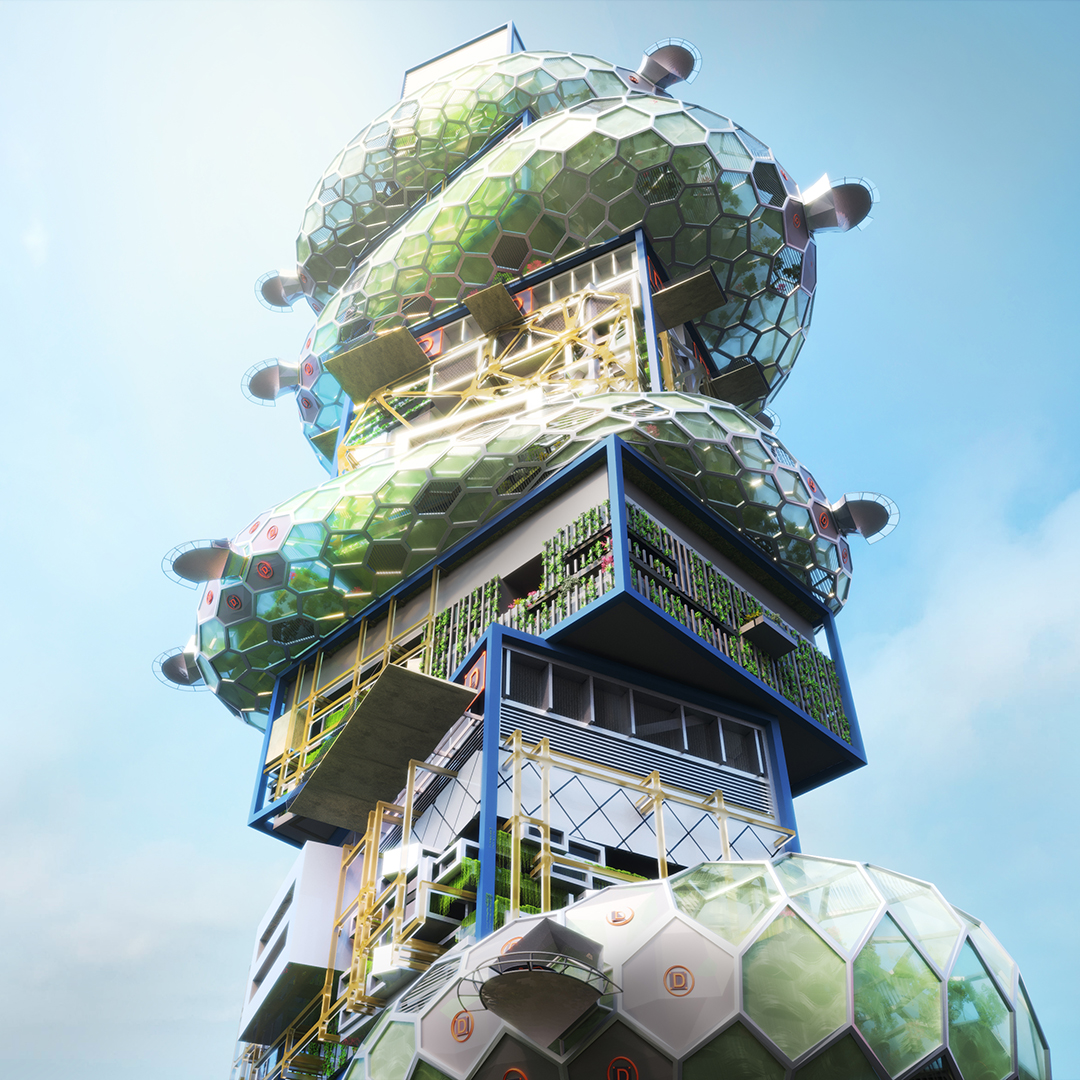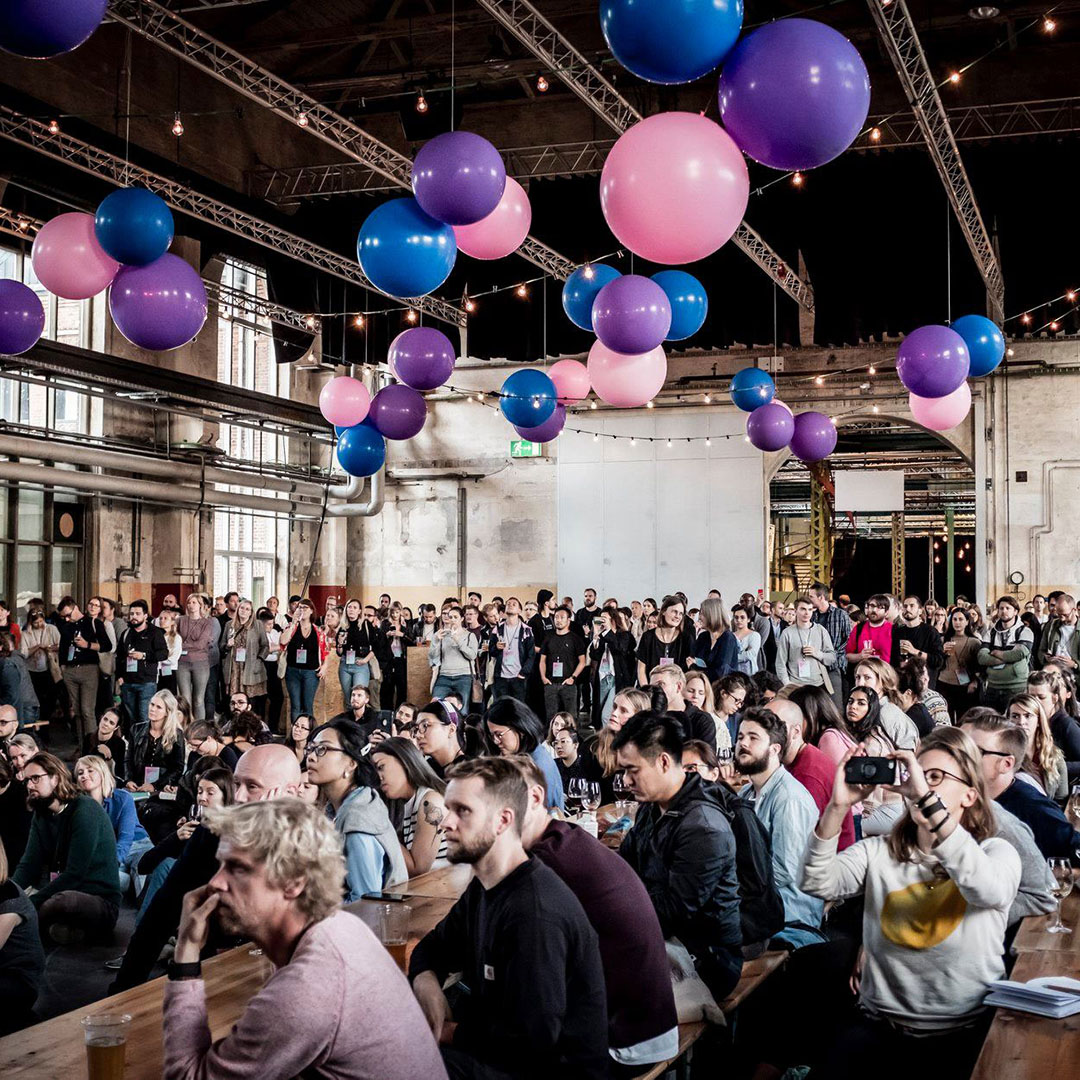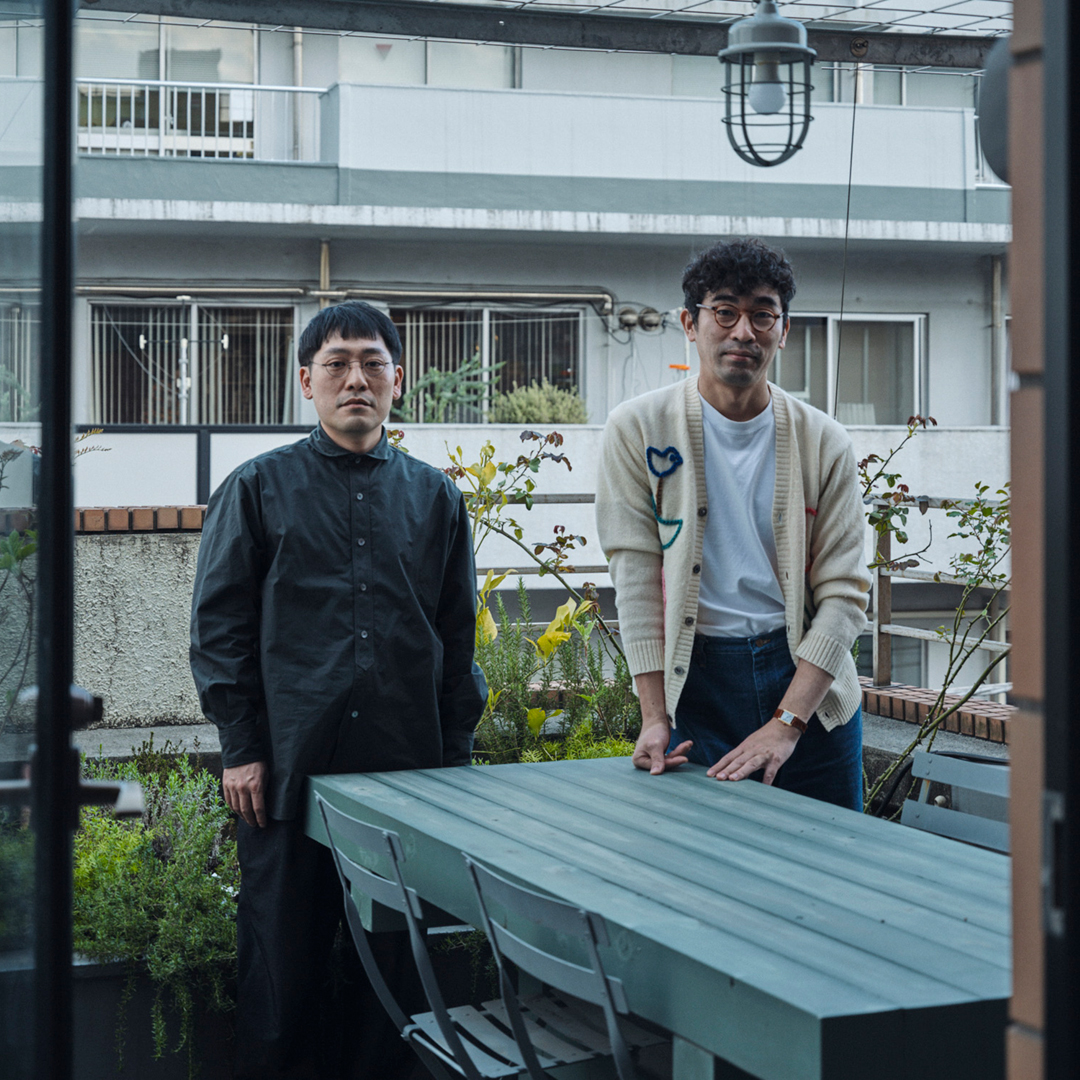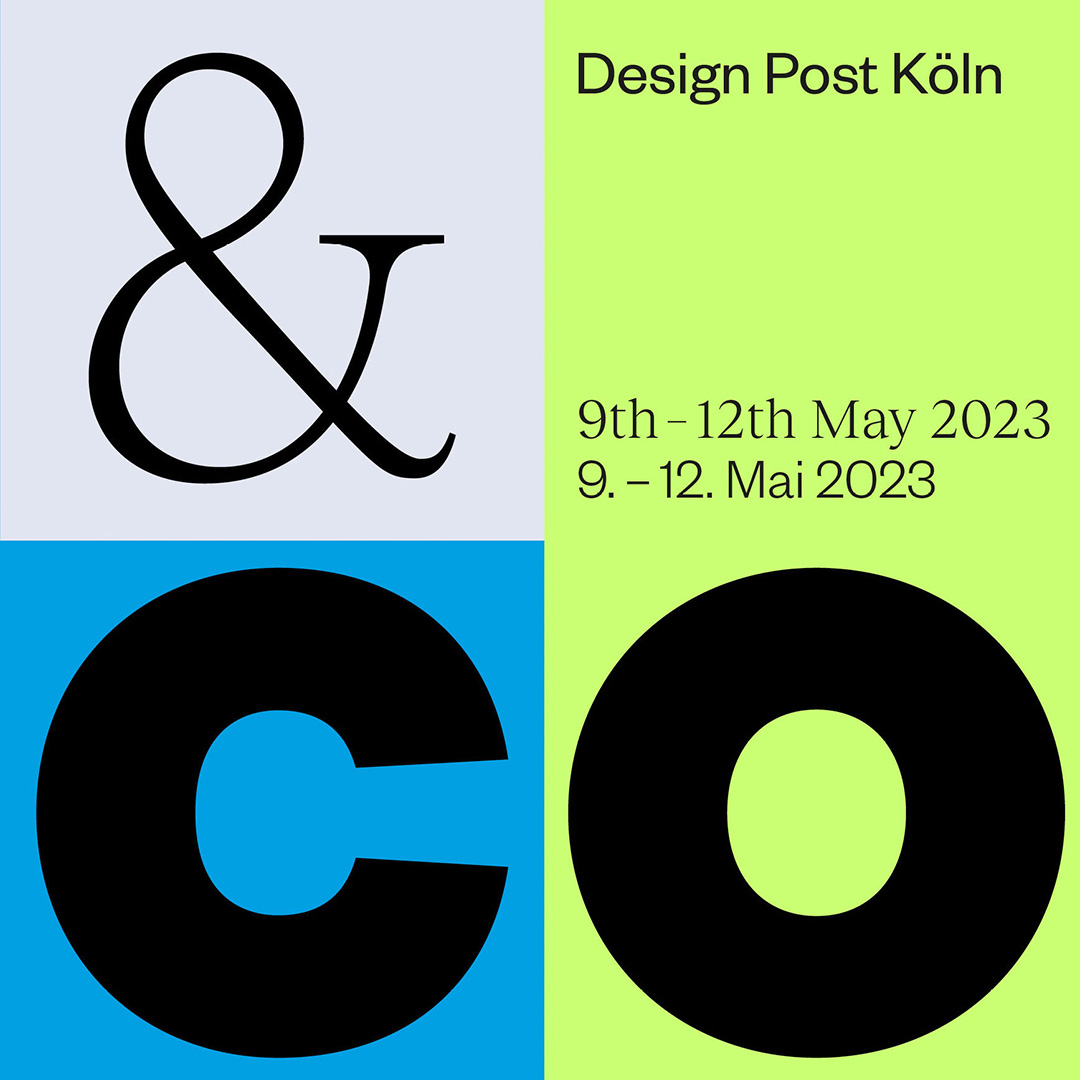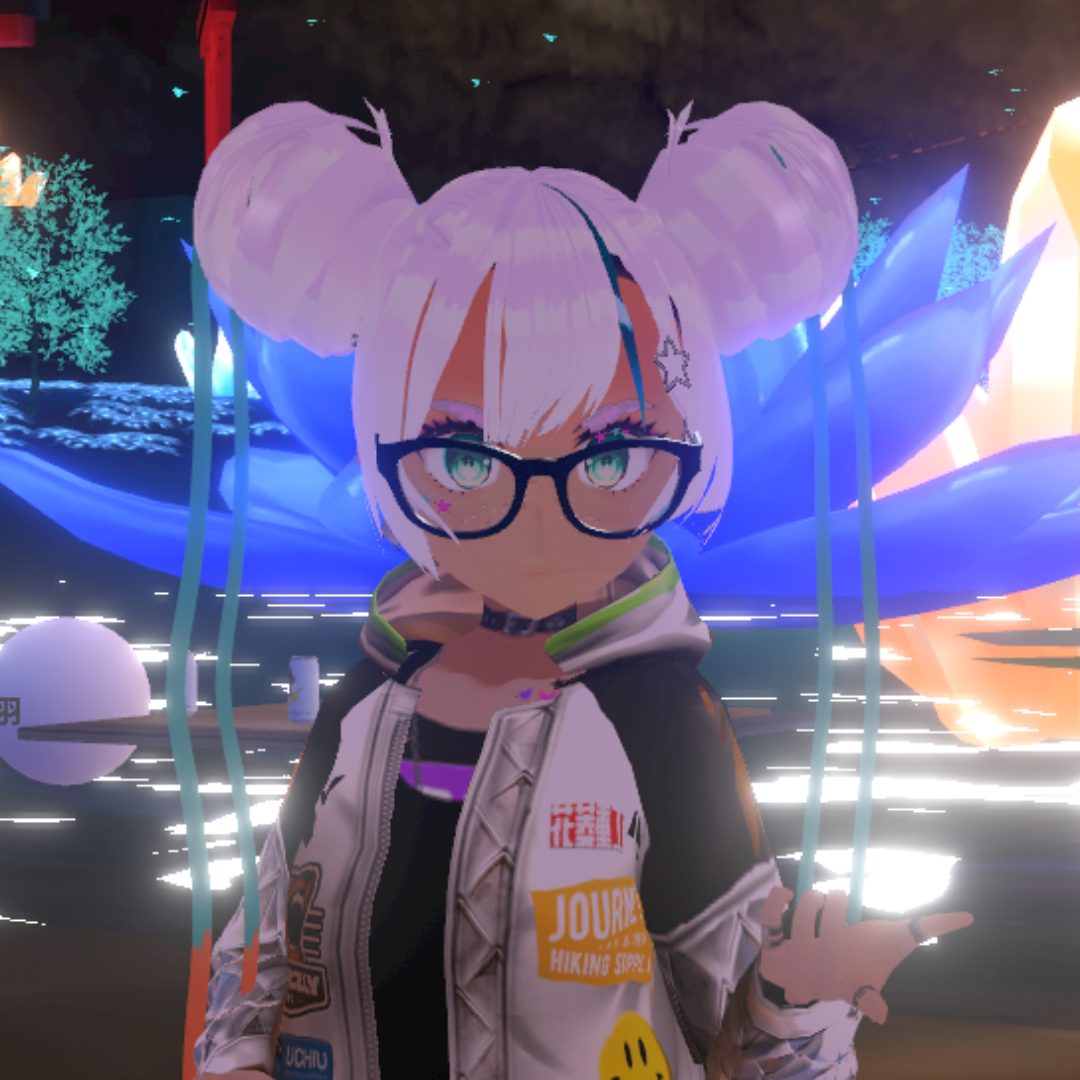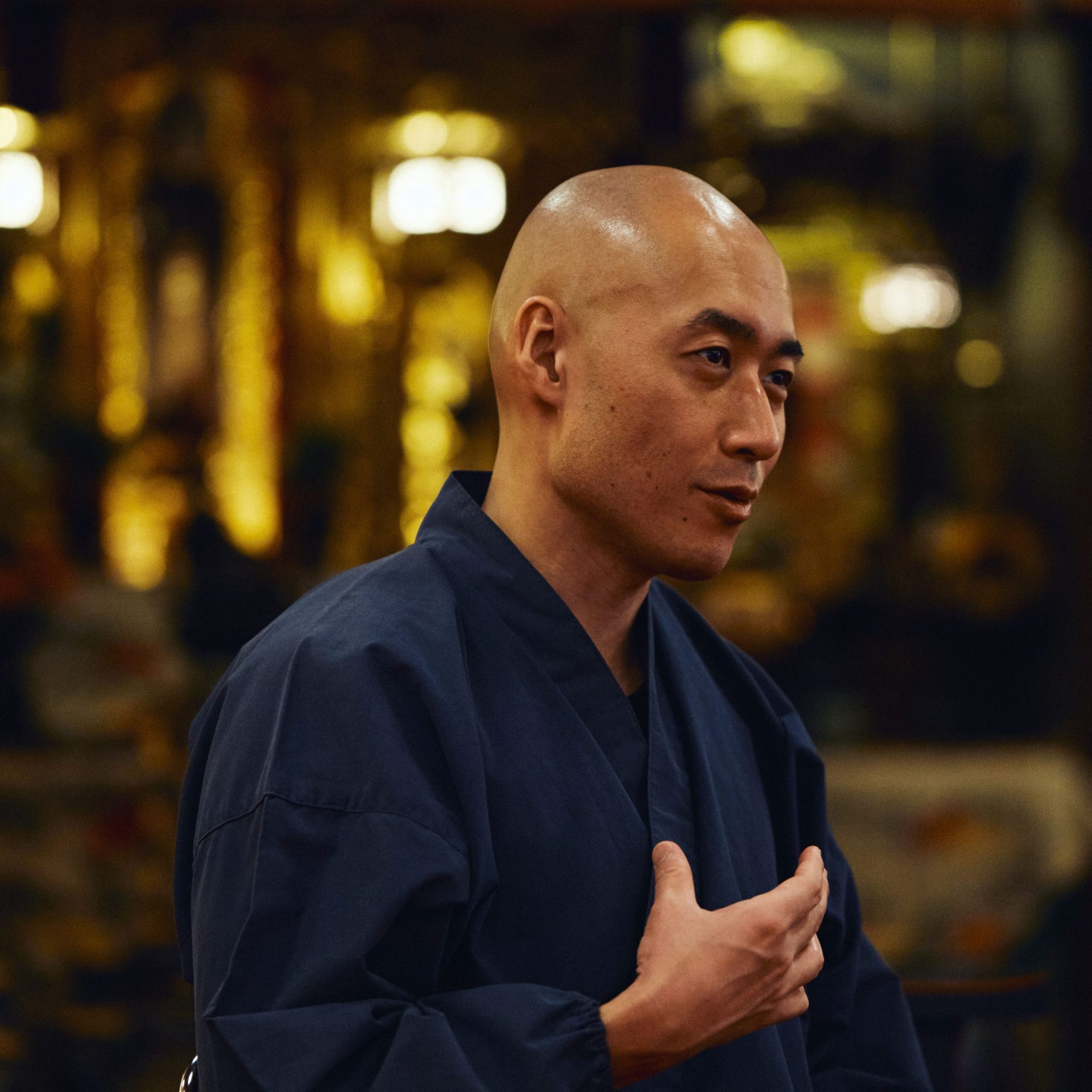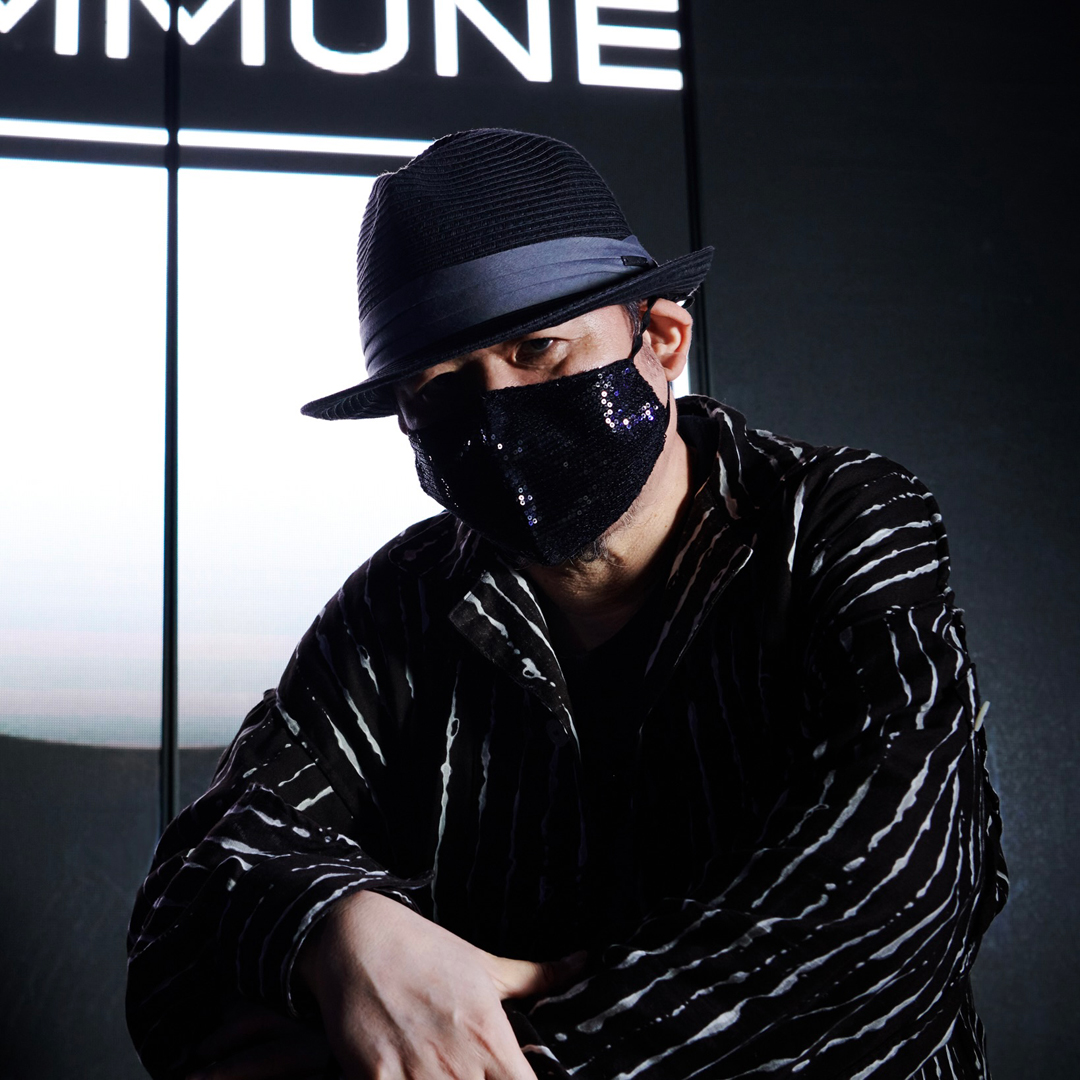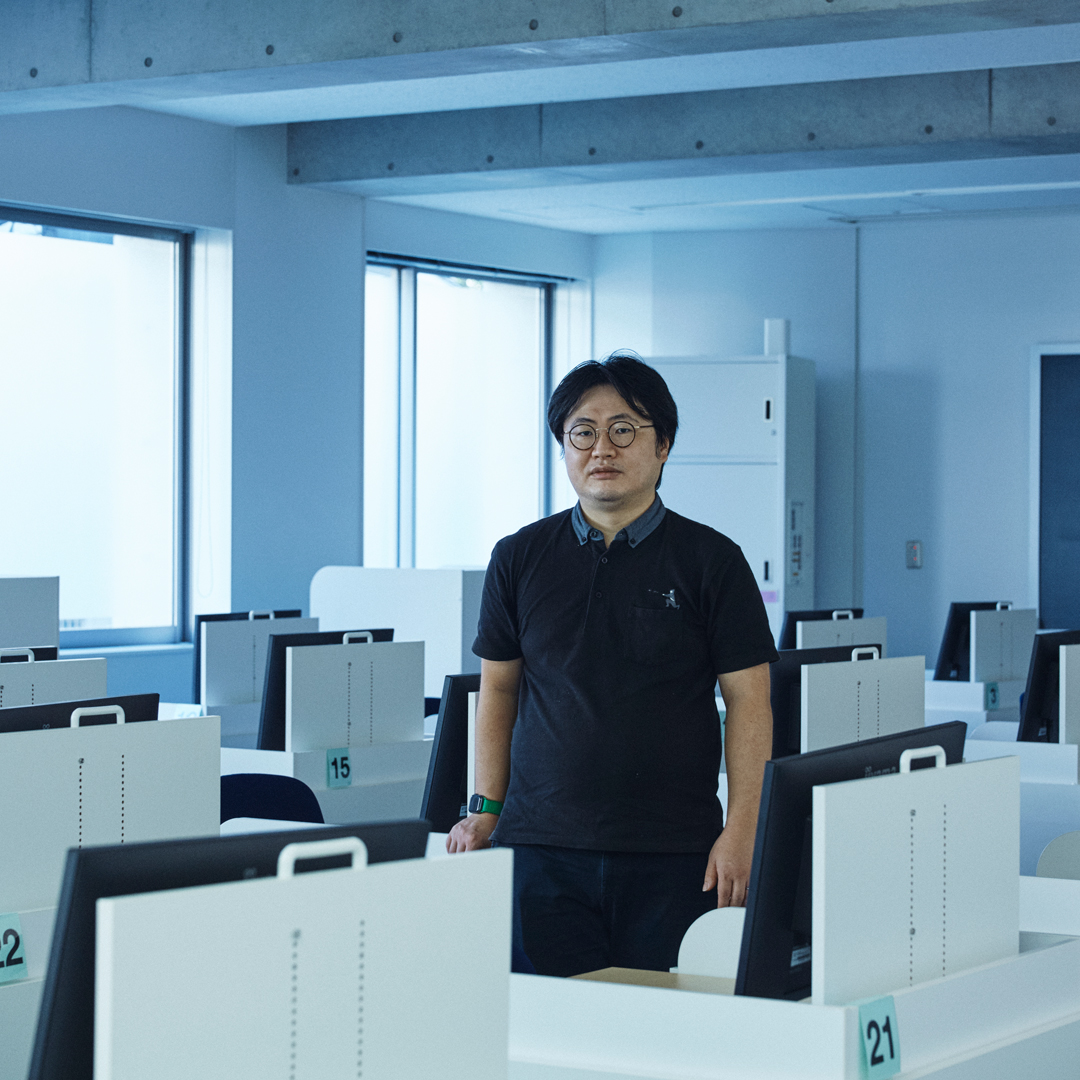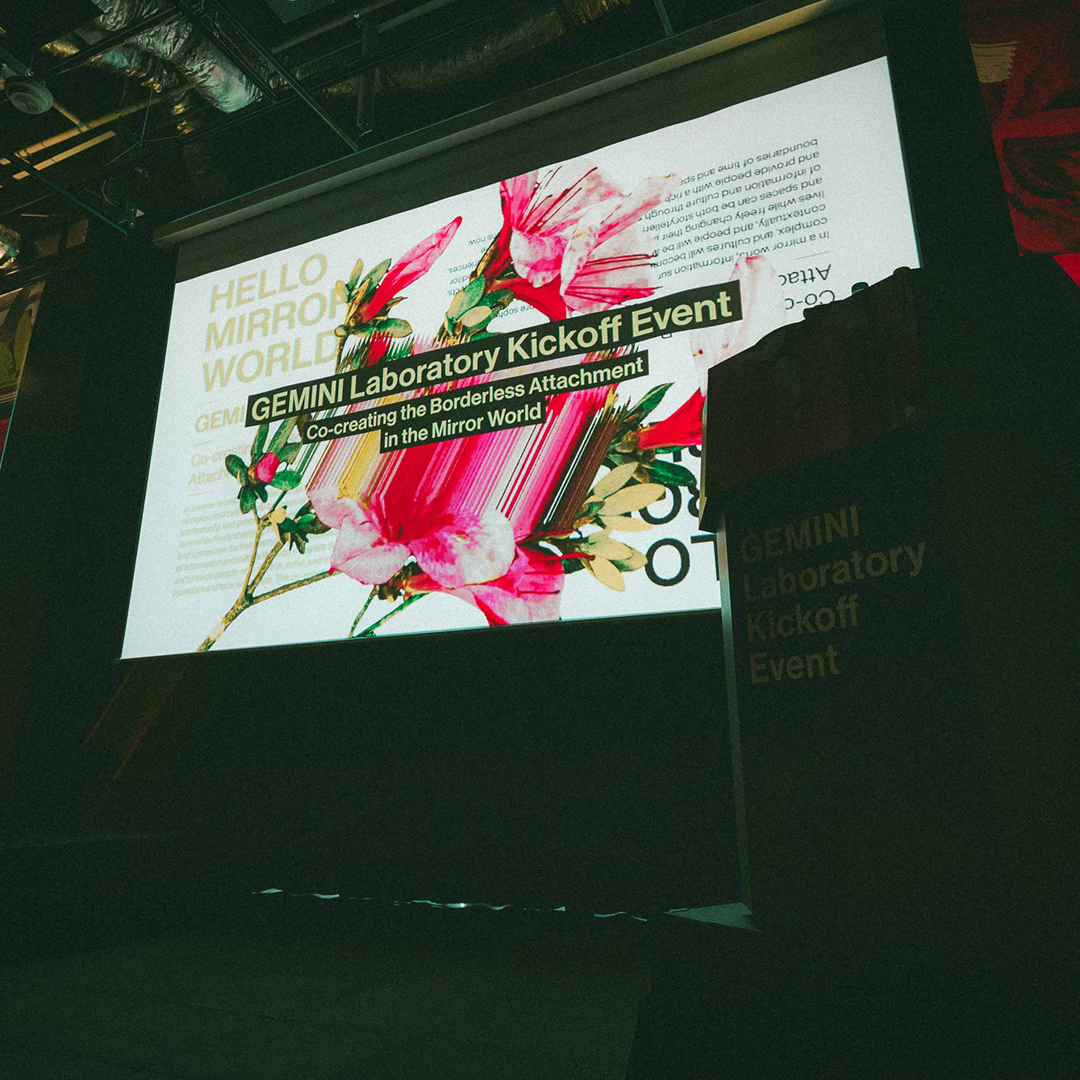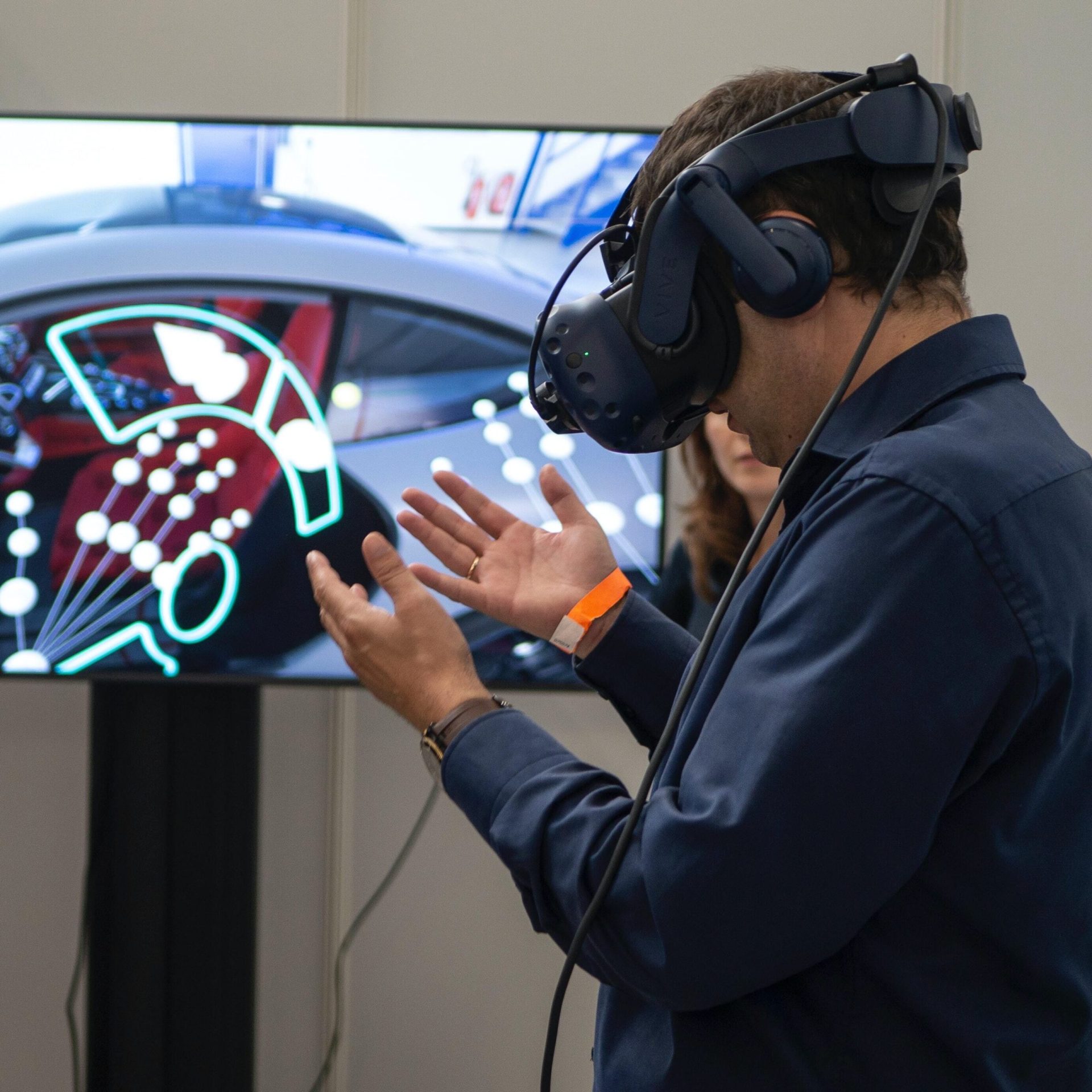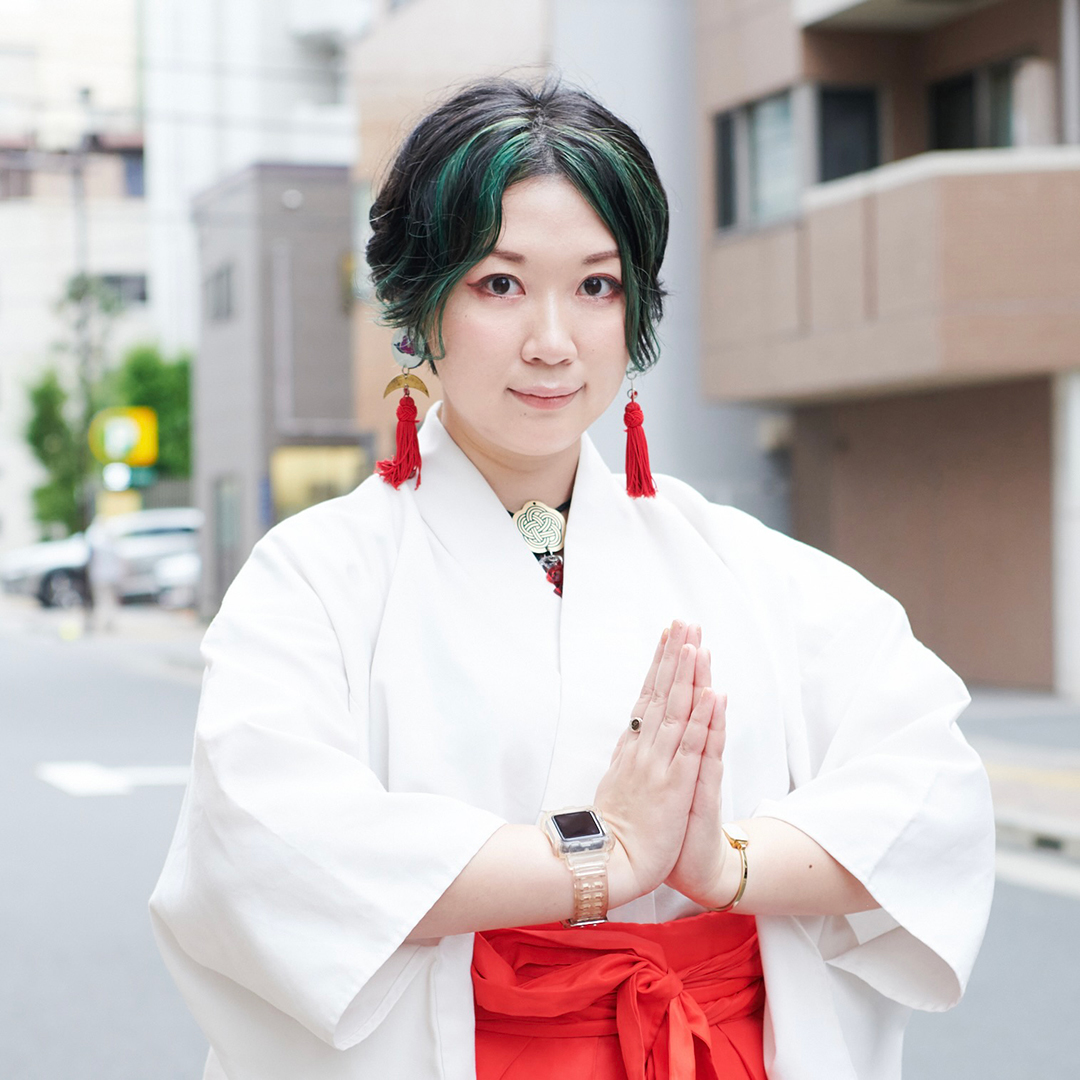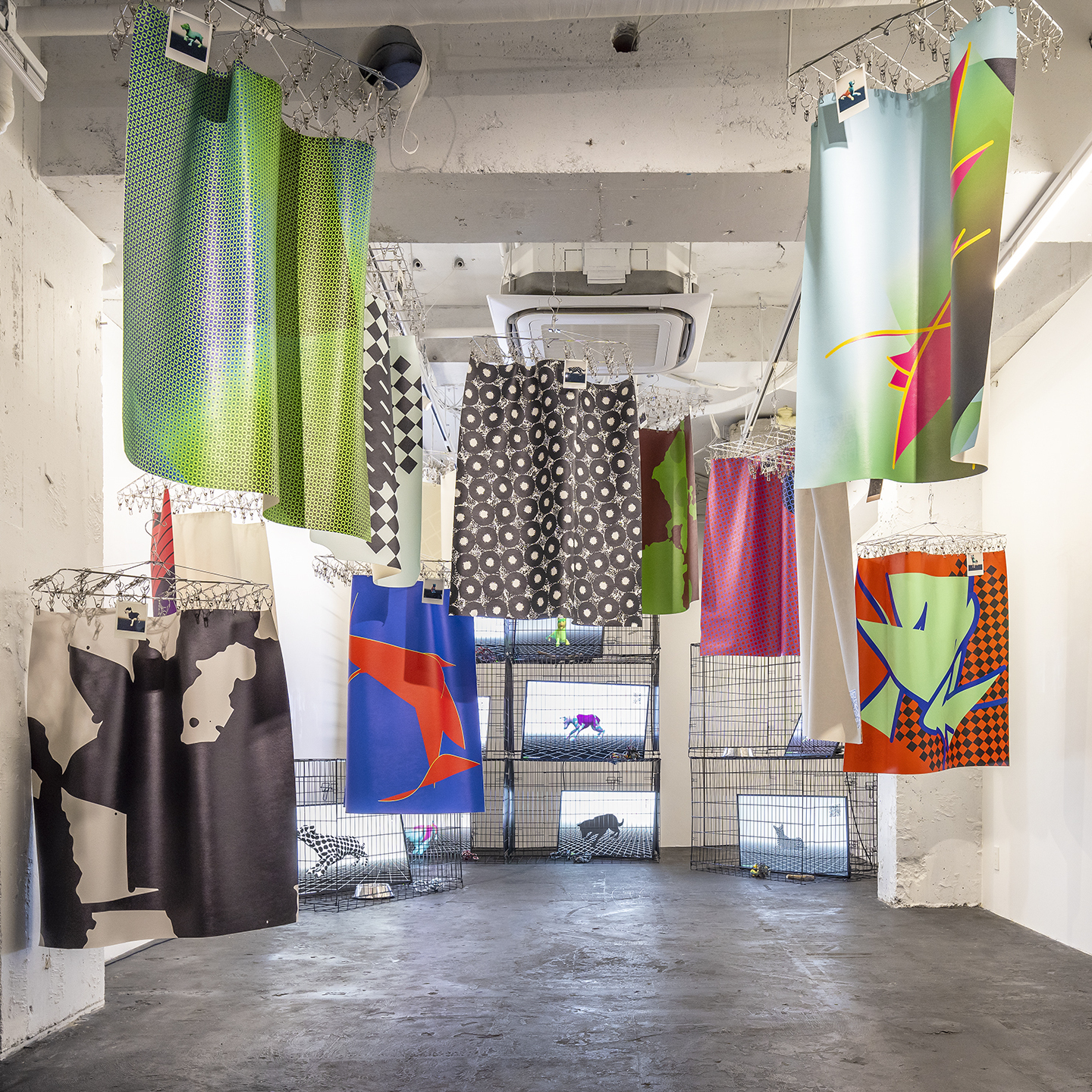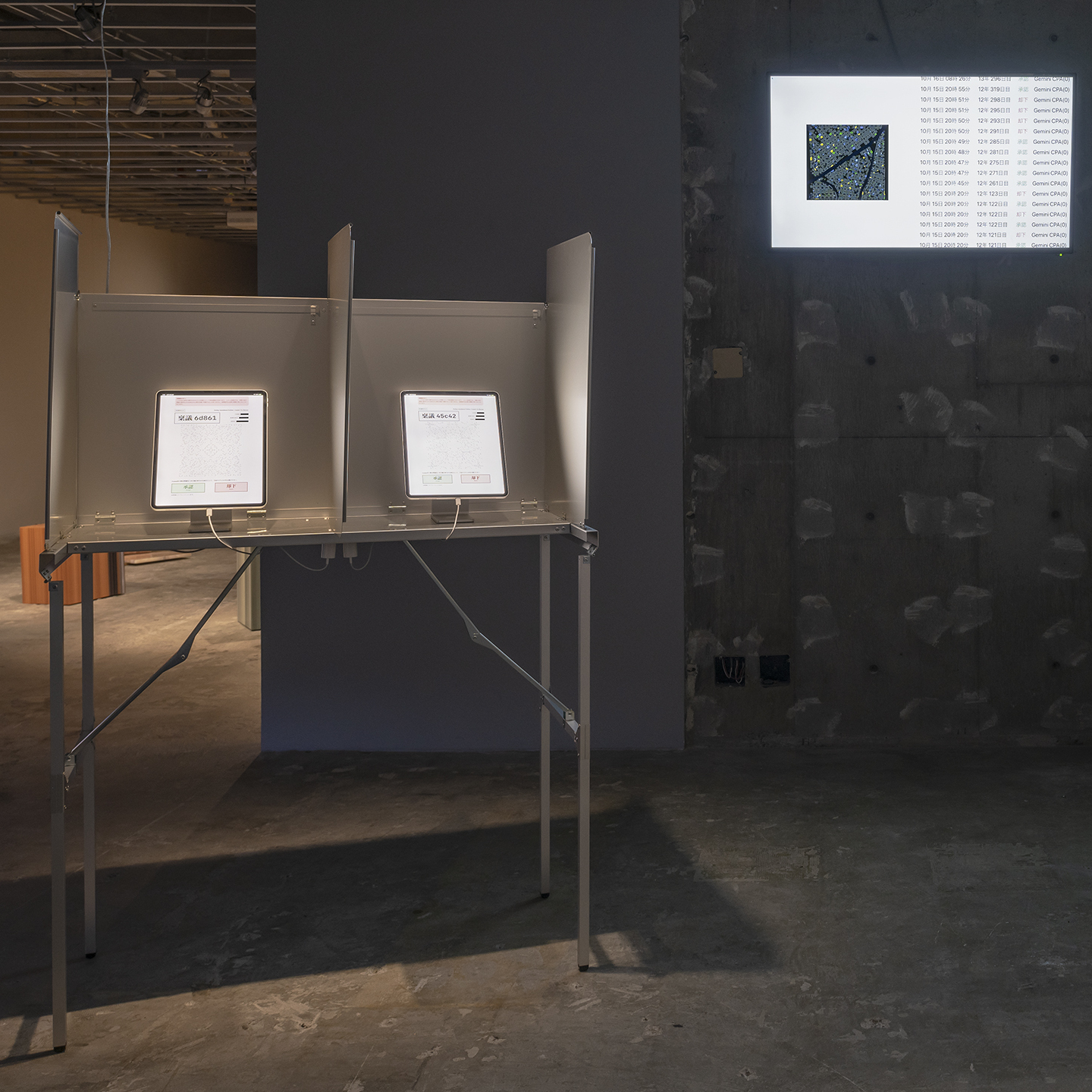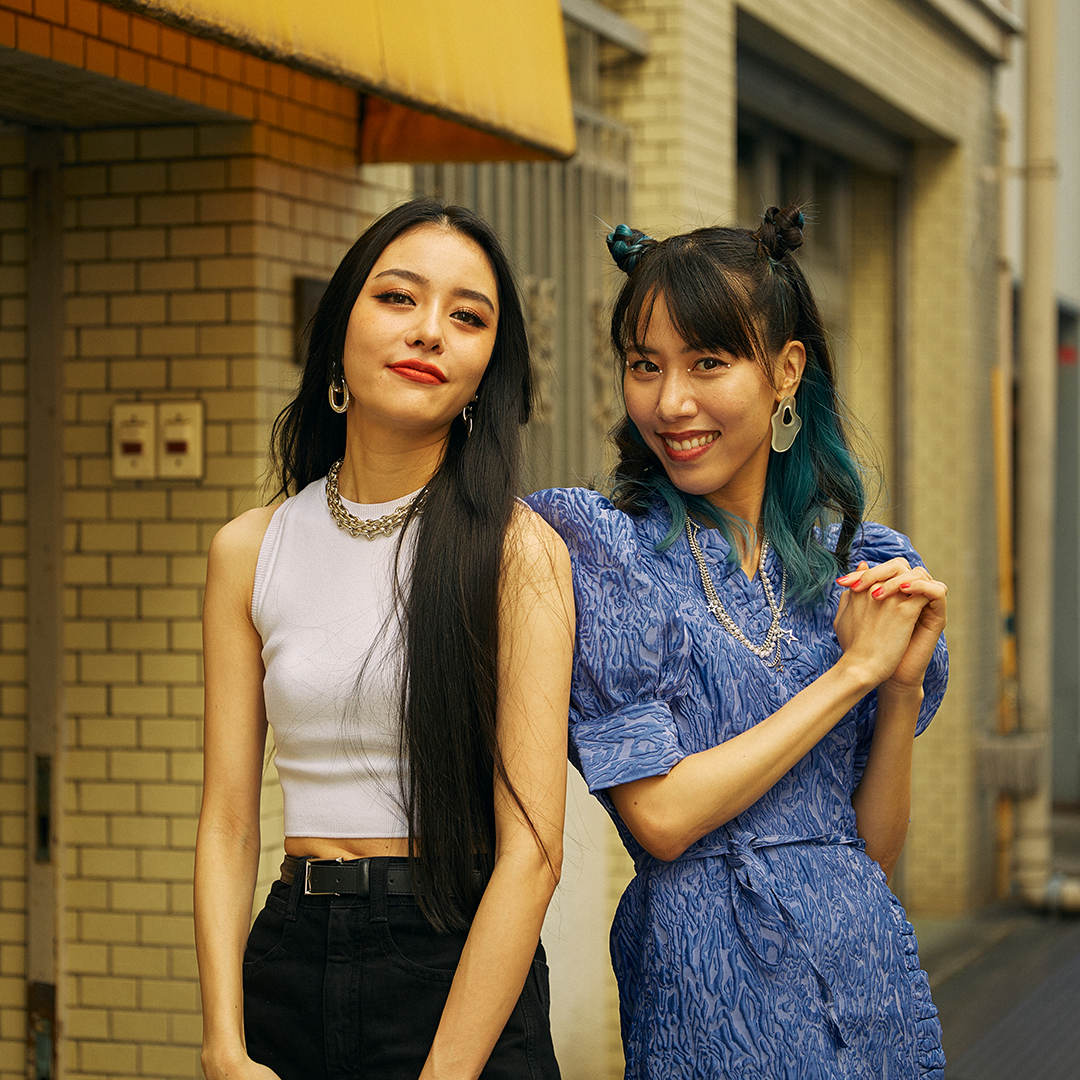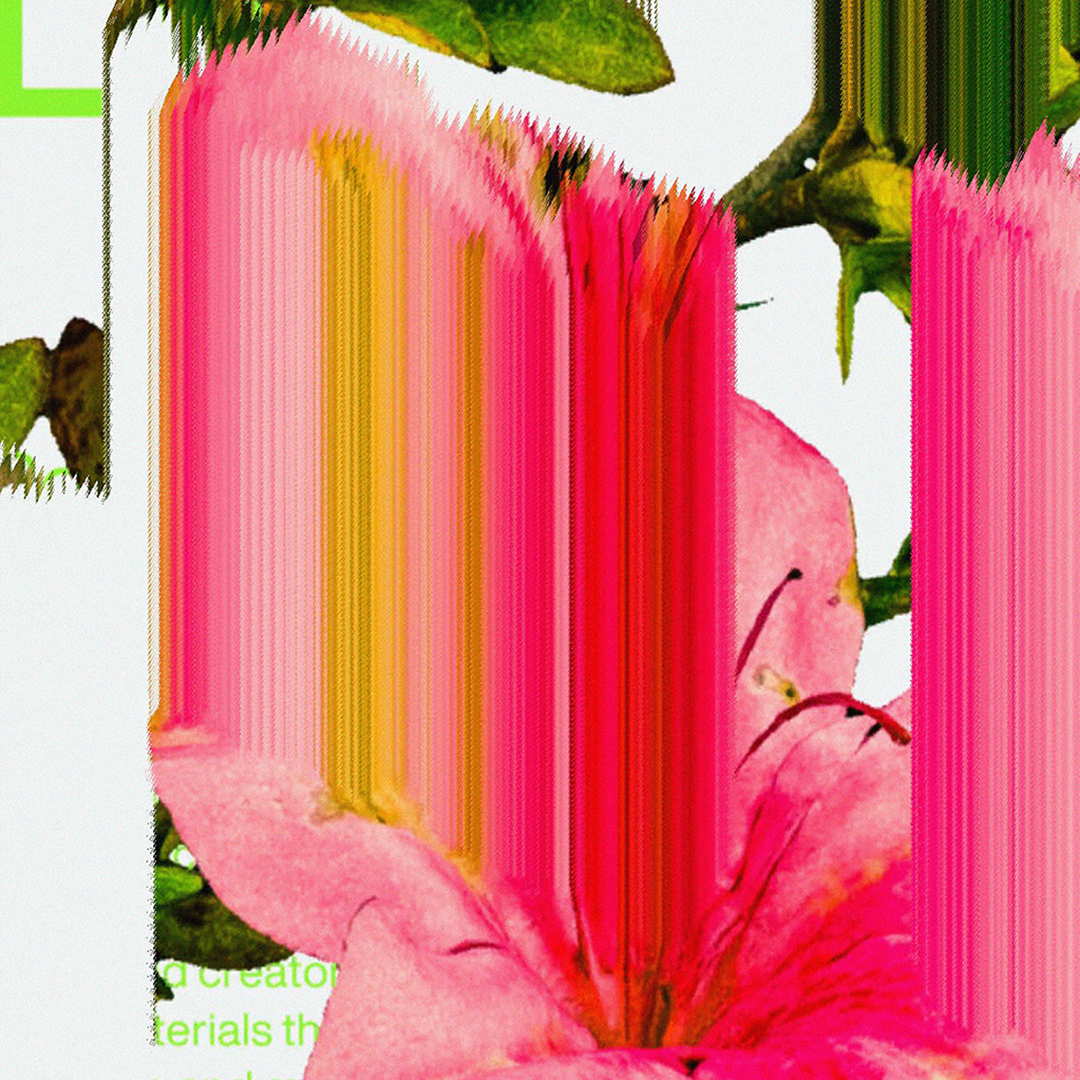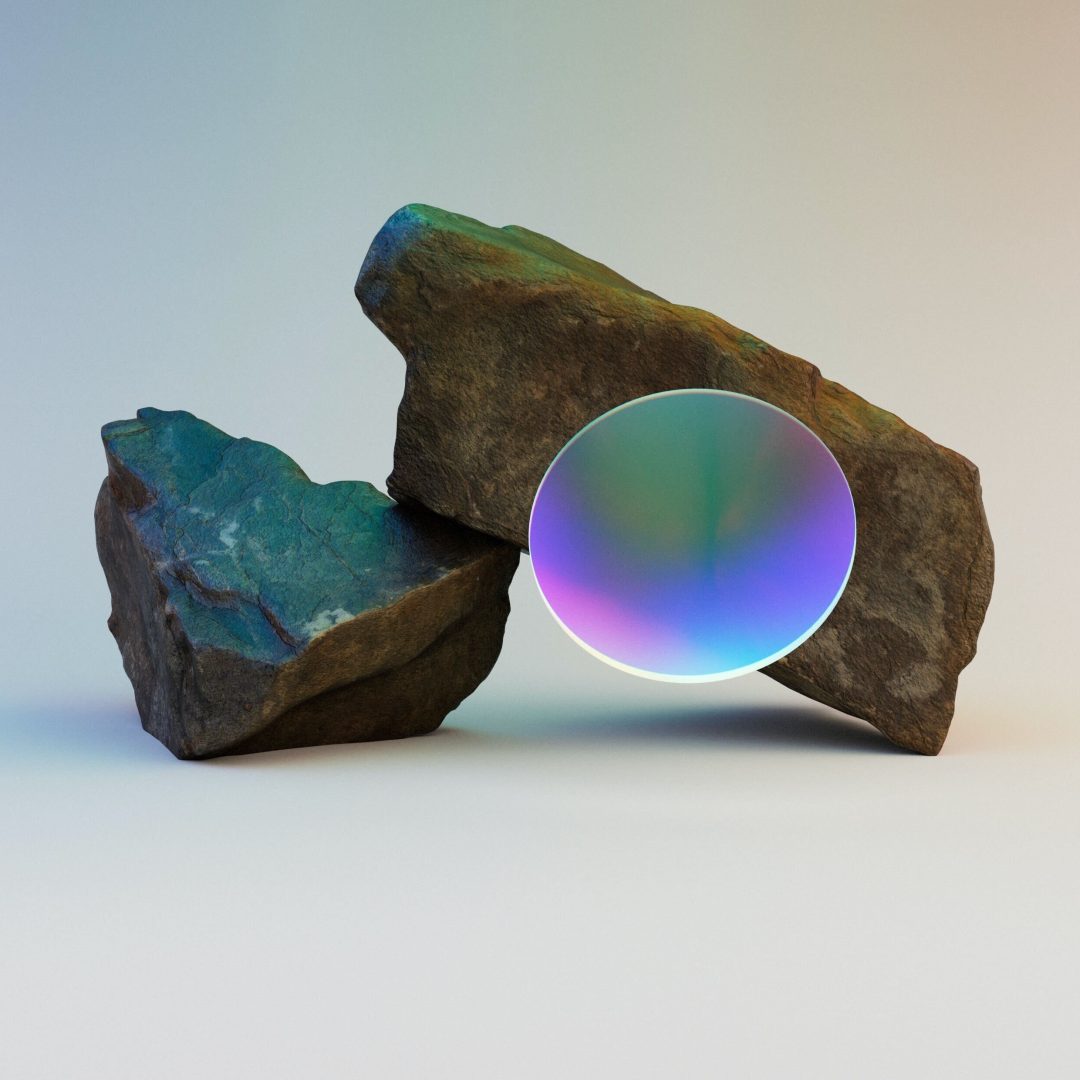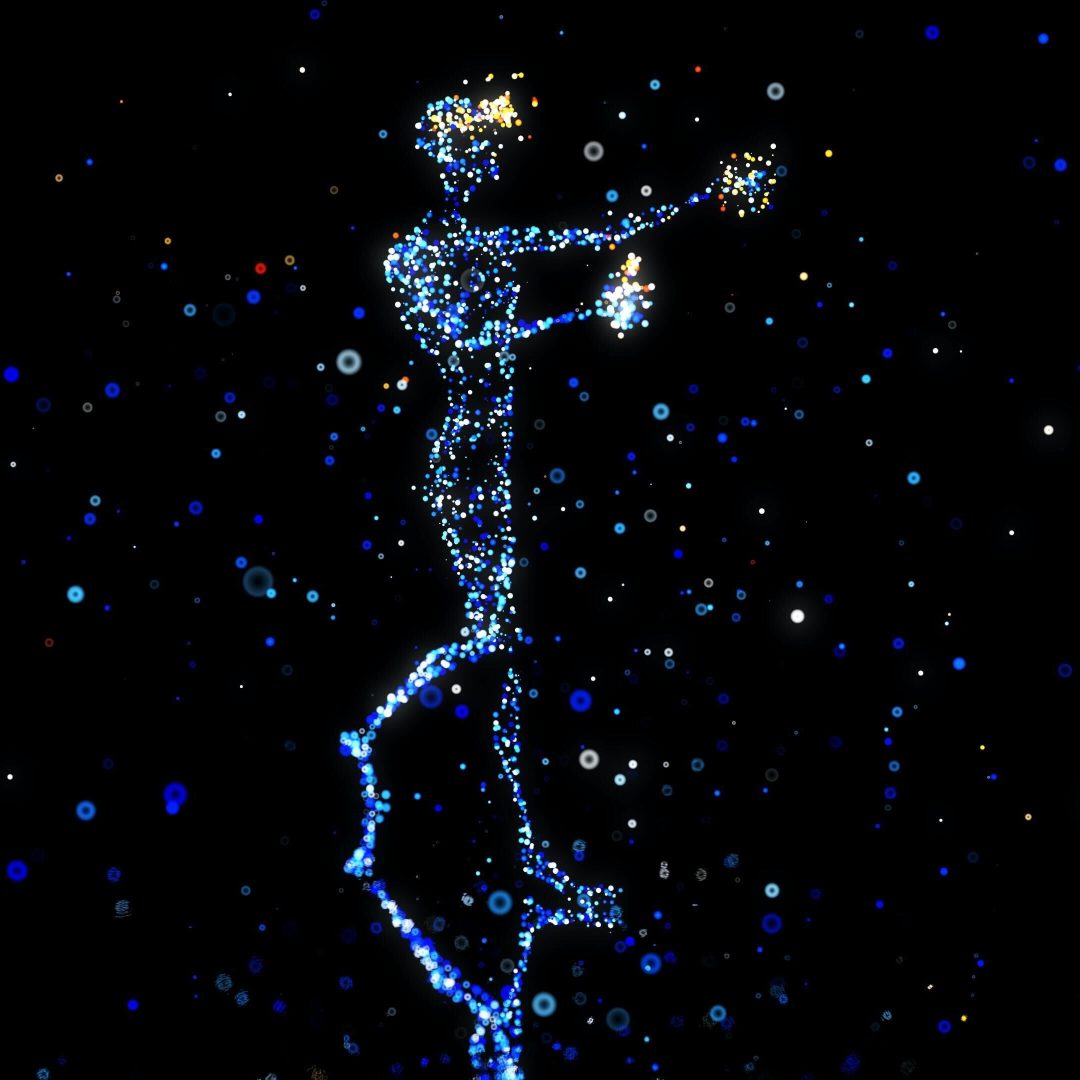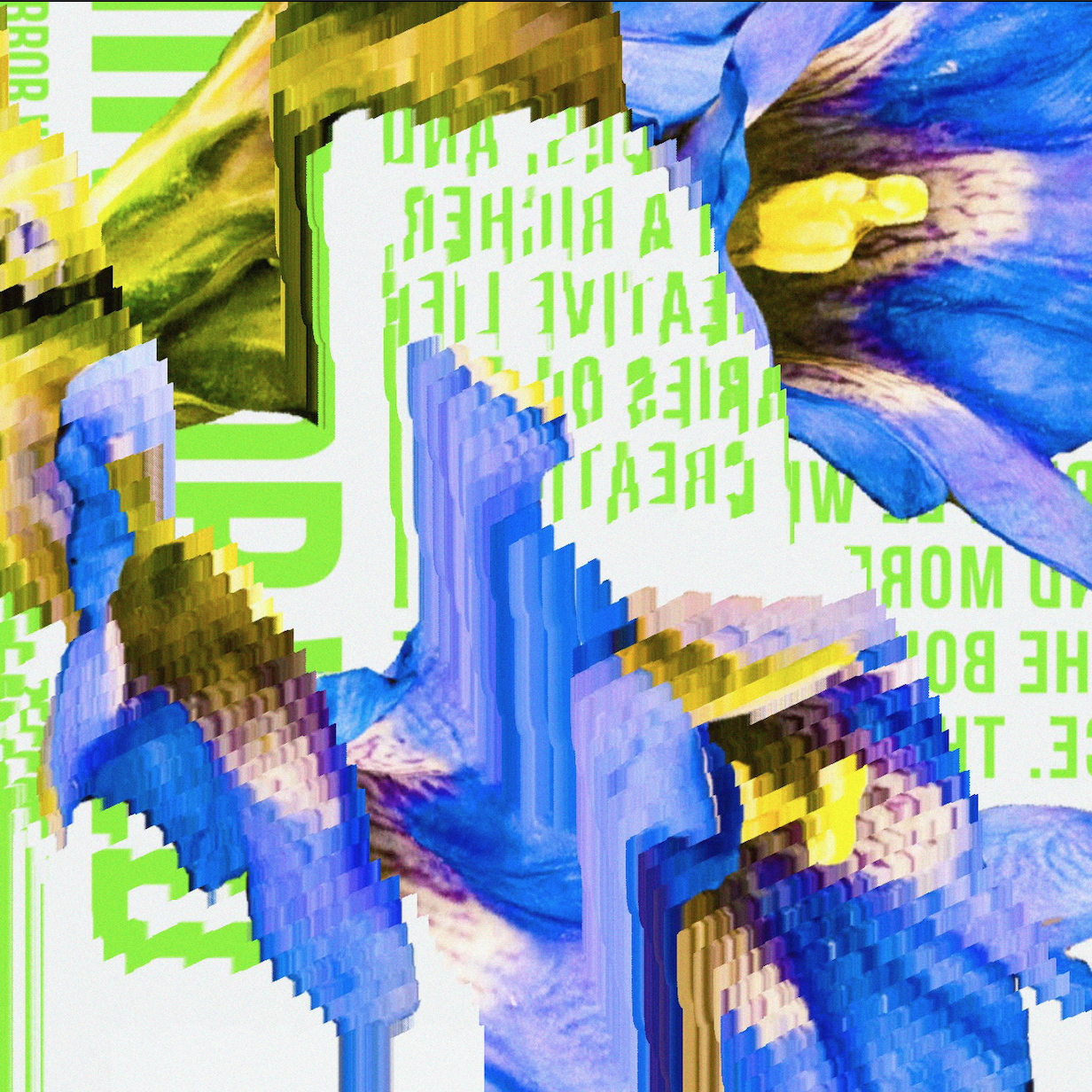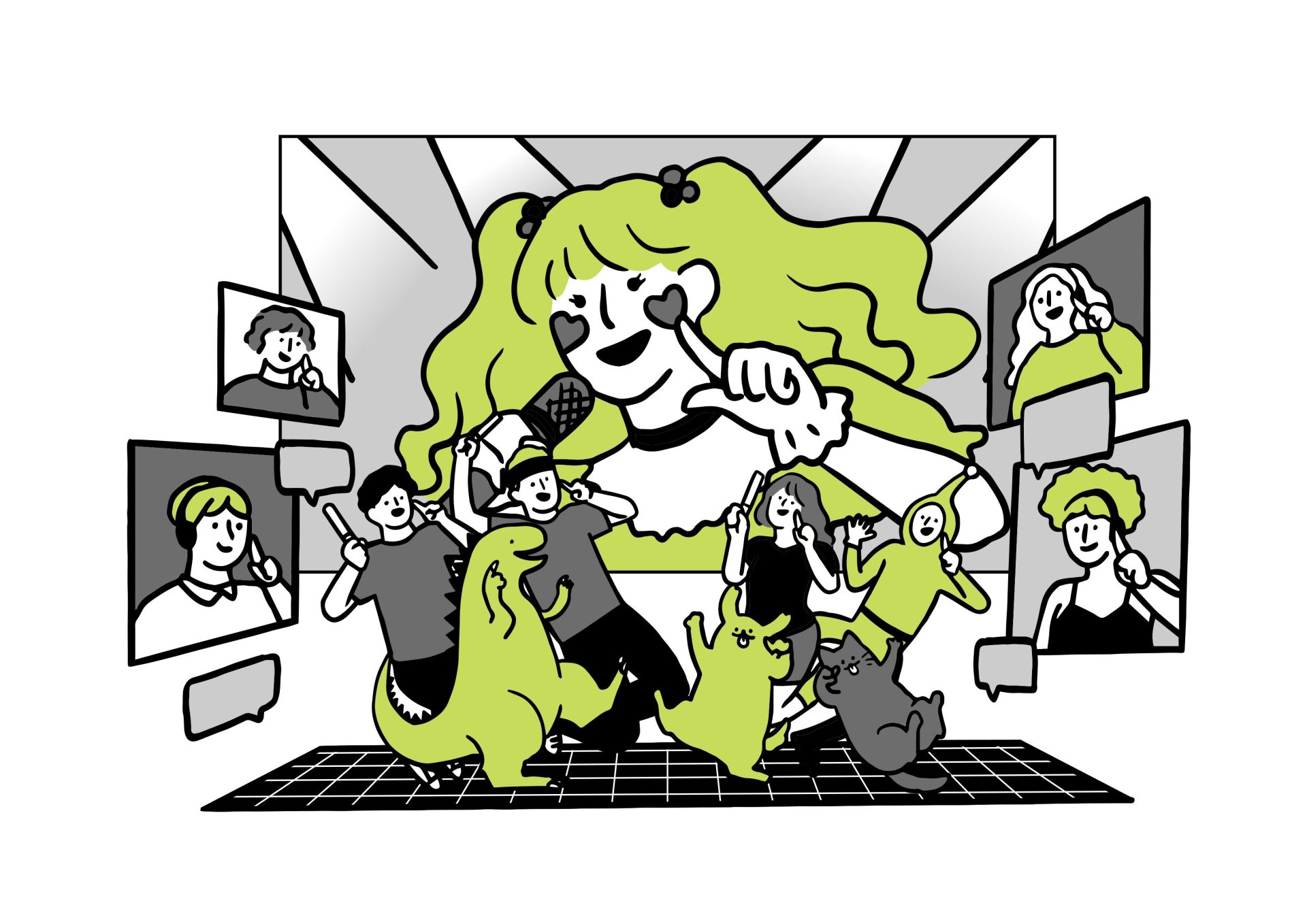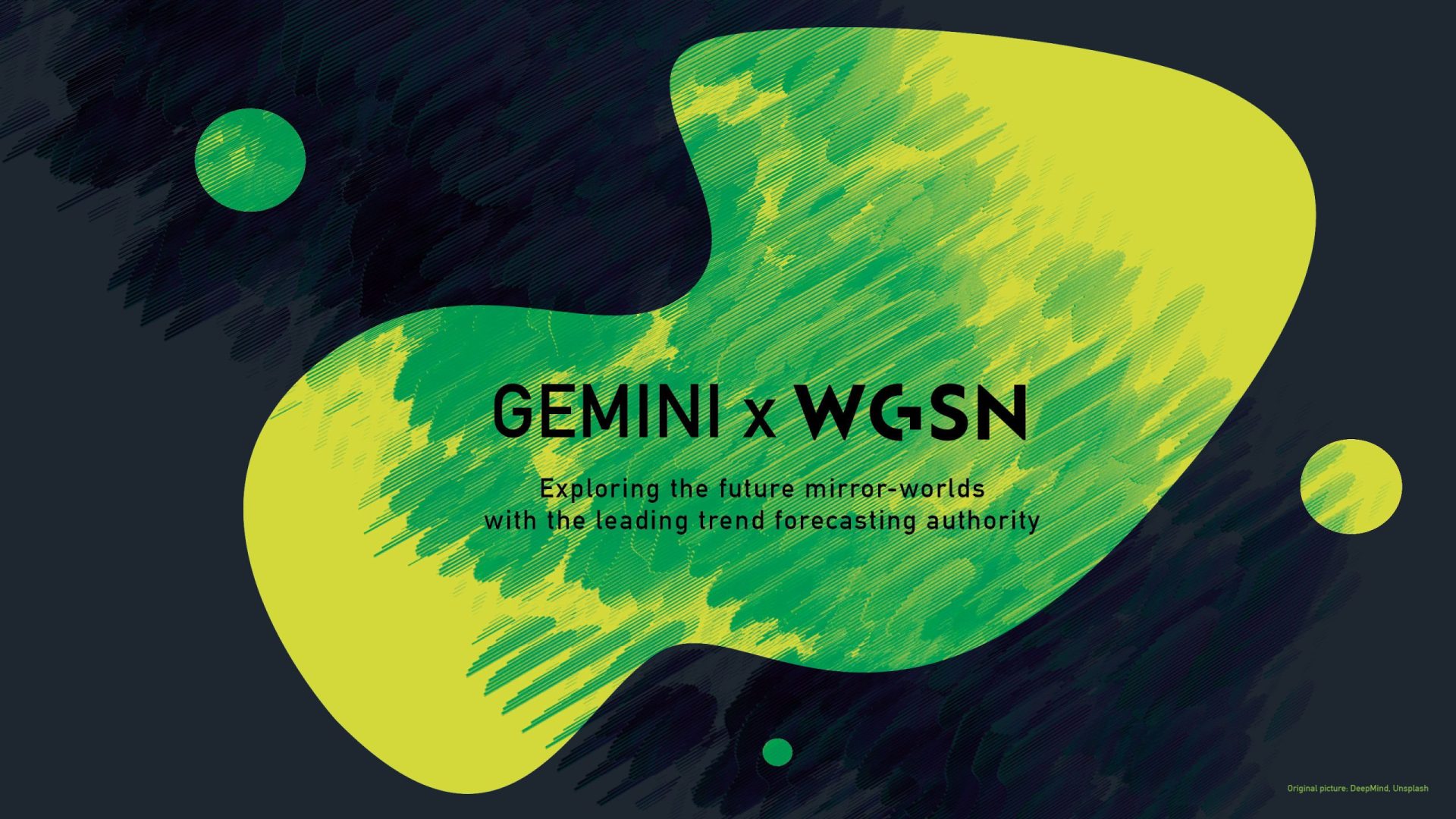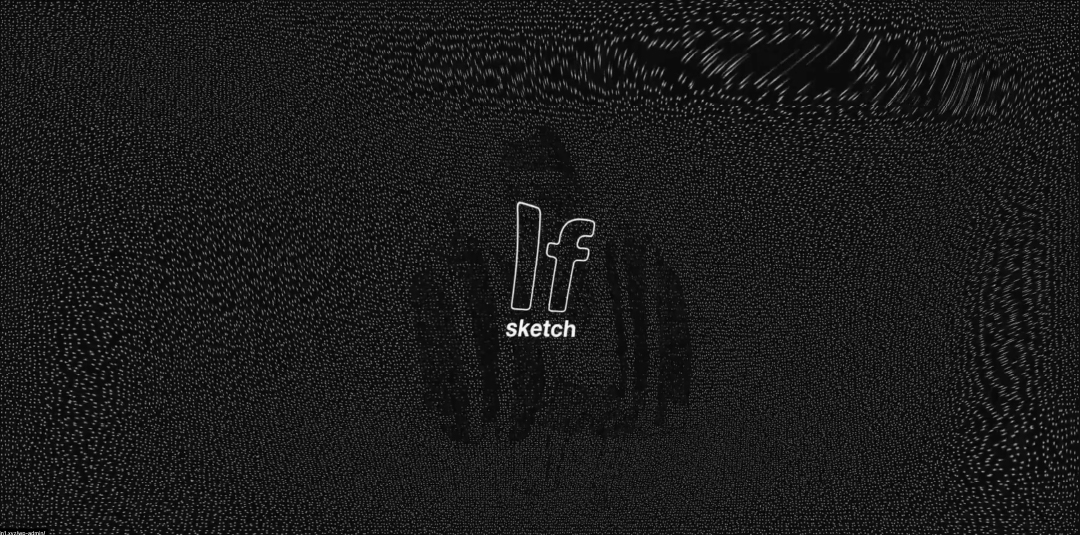Not only companies, but also consumers are becoming more and more conscious about environmental protection and social responsibility. The Fashion industry is no exception, with the concept of ‘ethical fashion’ rapidly spreading in recent years and many companies taking various actions. What is the background and the future outlook of this trend, which is prompting reconsideration and transformation of the conventional fashion industry?
What is ethical fashion?
Ethical fashion is a generic term of fashion which aims for a sustainable society, being literary ethical. There is a term with a similar concept, ‘sustainable fashion’, but ethical fashion has a broader meaning, focusing not only on the environment, but also the society and human rights.
There are many brands that are working on the goals ‘Reduced inequalities (goal 10)’, ‘Responsible consumption and production (goal 12)’ and ‘Climate action (goal 13)’ within ‘Sustainable Development Goals (SDGs)’ defined by the United Nations (UN).
Eight definitions of ethical fashion
Ethical fashion is related to many other areas, and the following eight areas are defined by a ‘Common Objective’, a fashion community managed by ‘Ethical Fashion Forum’, which is a British group that promotes ethical fashion. (※1)
1.Environmental protection
How optimization of energy to reduce burdens and contaminations, prevention of water contamination and wasted water, and reduction of harmful chemicals are implemented in products or manufacturing processes.
2.Recycle and disposal
Whether wastes are reduced, recycled or upcycled. Further, whether any circulating approach is adopted to design products with those items planned in advance.
3. Environmentally friendly materials
Whether environmental conscious materials are used, such as organic materials, recycled materials or alternative materials.
4.Fair trade
Whether actions are taken to improve the fairness of international trades, to ensure safety for suppliers and workers and to realize economic self-efficiency.
5. Appropriate labor environments
Whether wages, work hours, safety and health or social protection are ensured for workers at companies and suppliers to work respected and have good lives.
6.Supporting traditional techniques
How to encourage and support artisans and traditional techniques.
7.Ethical supplier chain management
Whether selection of supplier or trades are done in accordance with social and environmental criteria in order to realize appropriate work conditions and to minimize adverse effects to the environment.
8. Consideration for animals
Whether animal-oriented raw materials are avoided for use. Or in case of use, whether actions are taken to ensure proper animal care.
- ※1 From the official Common Objective website

History of ethical fashion –from the 1970s to present
While ethical fashion has been drawing attentions in recent years, the origin of it is older than people would think, going back to the 1970s. A French designer, agnes b. was committed to ethical activities, such as charities. It started with small actions, but gradually spread, resulting in action groups across companies and brands, such as an ethical fashion show held in 2004 or ‘Ethical Fashion Forum’ founded in 2006.
Ethical fashion grew mainly in Europe until 2000s, but the necessity of it started to be stressed all over the world after the ‘Rana Plaza collapse’ in 2013, which is also said to be the worst accident in the fashion history.
With the collapse of this commercial building, where many sewing factories for fashion brands were in, killed more than 1100 people and injured more than 2500 people, bringing the fashion industry’s problems to light, that workers have been working in poor environments with low wages.
With mass disposal by multiple brands that was found afterwards, not only companies, but also consumers started to feel the importance of ethical fashion.
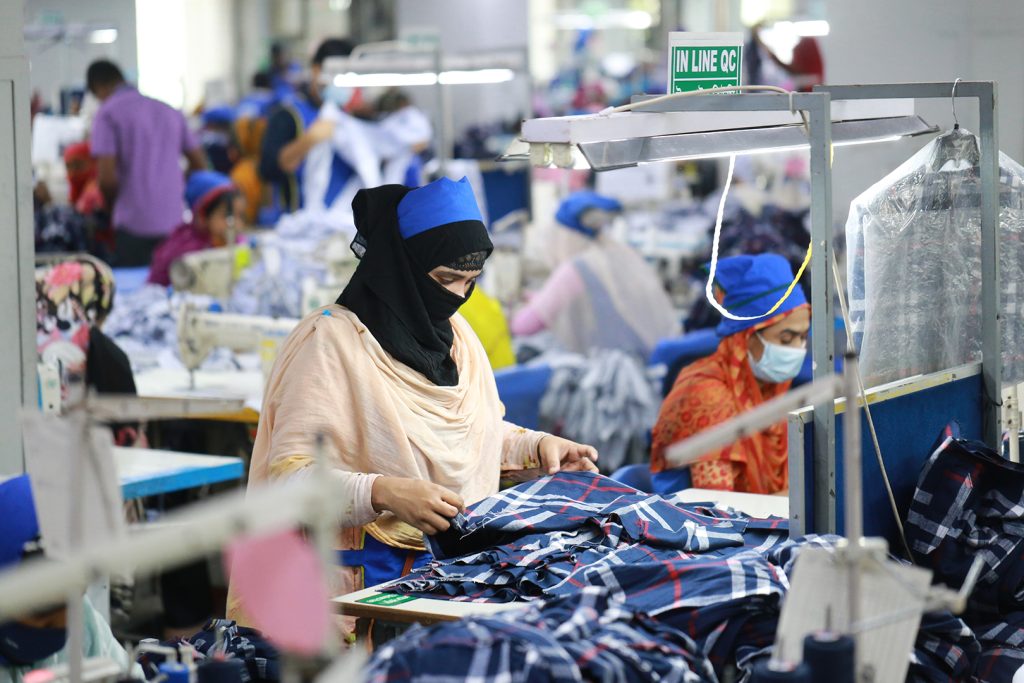
Ethical fashion at present——new materials and penetration of digital technologies
With the importance of ethical fashion increasing, many areas are experiencing technology innovations. Material development is particularly drawing attention, with many startup companies founded and investments actively made. New materials are developed one after another, including recycled polyester, plant based materials and materials that utilize bio technology.
With the revolution of digital technologies, new manufacturing methods are born utilizing 3D print technologies and AI, with production efficiency improved and wastes reduced. Also, consumers can easily obtain information of the origin of products or manufacturing methods.
Fashion industry’s focus on circular economy and traceability
With these technology innovations, circular economy and traceability are especially focused on, for ethical fashion.
What is a circular economy?
A circular economy is a concept to ‘make, sell, consume and reuse’, and it is a shift from the conventional concept to ‘make, sell, wear and dispose’.
Governments are starting to take actions as well, including a French waste management law for circular economy that was applied to fiber products in 2022, banning disposal of unsold clothing. It will be more important to establish the system to promote cloth recycling, and make cloth from recyclable materials.
What is traceability?
With its definition of visualizing the attitudes of making cloths or manufacturing process, such as where and when products were made, as well as the current trend that brands can easily communicate with social media or that consumers are more aware of it, traceability can be more focused on with the possibility to be an area of added value for brands.
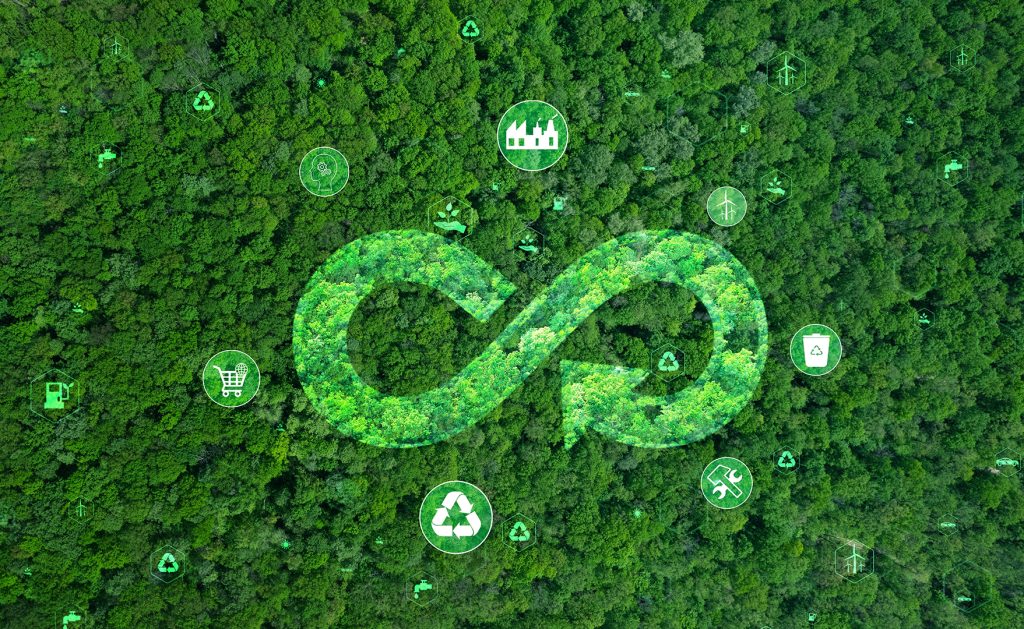
Three leading brands of ethical fashion
1. Patagonia
Among many brands that are taking action related to ethical fashion is ‘Patagonia’.
The company, which was founded in 1973 and operates with the purpose to ‘protect our home planet’ , not only develops materials considering the environment but also has implemented many environmental protection activities, such as ‘Worn Wear’ project for resale and recycling of second hand products, or foundation of a global network, ‘1% for the planet’ that donates 1% of profits that individuals and companies made.
In 2022, Chouinard family, the founder of the company transferred their stocks to a newly founded non-profit organization. It was announced that Patagonia’s profit will be used for climate change in the future(※2).
- ※2 From WWD JAPAN ‘Practice and frustration of making things ‘responsible for the plant’, by product developer of “Patagonia”’
From Worn Wear’s Instagram
2.Kering
Luxury brands are no exception. For example, Kering, which owns ‘GUCCI’ or ‘BALENCIAGA’, has set and achieved many goals, such as turning 100% of electric power to recyclable, establishment of 95% traceability or reduction of environmental burden by 40%(※3).
Particularly, ‘GUCCI’ has earned certain reputation through its activities, such as the collection ‘GUCCI OFF THE GRID’, which was designed considering impacts to the environment, or the project ‘GUCCI EQUIBRIUM’, that aims for positive changes for people and the planet.
- ※3 From ELLE ‘The road to sustainable fashion for ‘Kering’’
3.CFCL
As a Japanese brand, ‘CFCL’ is drawing attention as a leading brand in the ethical area, for its cloth making based on recycled materials and the computer programing knit technology, which does not generate any waste.
CFCL was certified for ‘B Corp Certificate’, an international certification for companies that has activities for the environment and society in 2022, as the first fashion company to be certified in Japan. It aims for cloth making with the world level transparency that considers human rights and the environments as well.
From CFCL’s Instagram
The pass for ethical fashion
Ethical fashion is not just a trend but is an important step for the fashion industry to build a sustainable future, and it has some challenges as well. One of them is the price. Sustainable materials and manufacturing processes tend to have higher cost than conventional ones, resulting in high prices for consumers. Therefore, brand strategy to have consumers purchase at high prices or technology innovations to reduce costs will be required.
It will be important to make consumers aware as well. While consumers are becoming more aware of ethical, they still do not have enough understanding. It will be necessary to reinforce education of ethical fashion, by companies’ unique activities or collaborations between companies and education institutes.
Currently, environment problems or human rights issues are more visible and more people have a sense of urgency. With the possibility that there will be more challenges in the future, daily fashion is required to be more sustainable and ethical is becoming more important. For ethical fashion to be more common, cooperation by companies, consumers and the whole society will be necessary.
Co-created by
-
Shin Ishizuka
Editor, Writer
Shin Ishizuka
Editor, Writer
Born in 1992, Ishizuka worked as a reporter for the weekly fashion newspaper WWD JAPAN from 2016 to 2021, focusing on the magazine/media industry and the digital domain (EC, fashion tech, etc.) He left the company in 2021. Currently working as a freelance editor and writer while engaging in marketing work at a manufacturer company.
Tag
Share
Discussion
Index
Index
Archives
Recommend
Recommend
Recommend
Recommend
Recommend
-

{ Special }
METAVERSE: THE FUTURE PLAYGROUND FOR ARCHITECTS
METAVERSE: THE FUTURE PLAYGROUND FOR ARCHITECTS
METAVERSE: THE FUTURE PLAYGROUND FOR ARCHITECTS
-

{ Community }
The new form of pilgrimage. What is the border of real and fictional worlds that Petra Szemán pictures?
The new form of pilgrimage. What is the border of real and fictional worlds that Petra Szemán pictures?
The new form of pilgrimage. What is the border of real and fictional worlds that Petra Szemán pictures?
-

{ Community }
Is field recording in VR possible?Eisuke Yanagisawa speaks about the act of listening, sound information volume, and technology
Is field recording in VR possible?Eisuke Yanagisawa speaks about the act of listening, sound information volume, and technology
Is field recording in VR possible?Eisuke Yanagisawa speaks about the act of listening, sound information volume, and technology
-

{ Special }
Total Concentration Festival
Total Concentration Festival
Total Concentration Festival
Hot topics
Hot topics
Hot topics
Hot topics
Hot topics
-

{ Community }
Scent Transcends Memory to Change Behavior. The Future of Digital x Olfaction, by Scent Marketing Pro Gouchi Hamada
Scent Transcends Memory to Change Behavior. The Future of Digital x Olfaction, by Scent Marketing Pro Gouchi Hamada
Scent Transcends Memory to Change Behavior. The Future of Digital x Olfaction, by Scent Marketing Pro Gouchi Hamada
-

{ Community }
The stage is a restroom designed by Tadao Ando. Possibilities of media mix that GEMINI pioneers.
The stage is a restroom designed by Tadao Ando. Possibilities of media mix that GEMINI pioneers.
The stage is a restroom designed by Tadao Ando. Possibilities of media mix that GEMINI pioneers.
-

{ Community }
“Conveying the Moment of ‘Now’ in History: Catalan Artist Xavi Bové’s Light Expressions”
“Conveying the Moment of ‘Now’ in History: Catalan Artist Xavi Bové’s Light Expressions”
“Conveying the Moment of ‘Now’ in History: Catalan Artist Xavi Bové’s Light Expressions”
-

{ Community }
“Designing with Heart: How Amanda Talbot is shaping a better future through emotionally intelligent AI”
“Designing with Heart: How Amanda Talbot is shaping a better future through emotionally intelligent AI”
“Designing with Heart: How Amanda Talbot is shaping a better future through emotionally intelligent AI”
-

{ Community }
Unearthing the Future: How ancient history can guide modern innovation with Darius Arya
Unearthing the Future: How ancient history can guide modern innovation with Darius Arya
Unearthing the Future: How ancient history can guide modern innovation with Darius Arya
-

{ Community }
Interview with Masayoshi Yokoyama from Ryu Ga Gotoku Studio. Talks about reality in games and the future of the industry
Interview with Masayoshi Yokoyama from Ryu Ga Gotoku Studio. Talks about reality in games and the future of the industry
Interview with Masayoshi Yokoyama from Ryu Ga Gotoku Studio. Talks about reality in games and the future of the industry
-

{ Community }
The new form of pilgrimage. What is the border of real and fictional worlds that Petra Szemán pictures?
The new form of pilgrimage. What is the border of real and fictional worlds that Petra Szemán pictures?
The new form of pilgrimage. What is the border of real and fictional worlds that Petra Szemán pictures?
Special
Special
Special
Special
Special
Featured articles spun from unique perspectives.
What Is
“mirror world”...
What Is
“mirror world”...
What Is
“mirror world”...
What Is
“mirror world”...
What Is
“mirror world”...
“mirror world”... What Is
“mirror world”... What Is
“mirror world”... What Is
“mirror world”... What Is
“mirror world”...
Go Down
Go Down
Go Down
Go Down
Go Down
The Rabbit
The Rabbit
The Rabbit
The Rabbit
The Rabbit
Hole!
Hole!
Hole!
Hole!
Hole!
Welcome To Wonderland! Would You Like To Participate In PROJECT GEMINI?



